Table of contents
After a new AC installation in Helena, everything should run smoothly. Cool air flows, temperatures stay consistent, and your home feels more comfortable. But if you start to notice water pooling around the unit or musty smells near the vents, there may be a drainage issue to address. Improper drainage can become a bigger problem if it isn’t fixed early. It can damage floors, drywall, and even reduce how well your AC unit works over time.
A lot of homeowners don’t realize that drainage problems often begin during installation. A misaligned drain pan or a blocked line might not be obvious at first, but these small mistakes can lead to costly repairs if they’re not corrected quickly. Have you spotted water dripping where it shouldn’t be? Noticed an odd smell when the air is running? If so, it might be time to take a closer look at how your AC drains excess moisture during normal operation.
Causes of Drainage Issues After AC Installation
Drainage problems can start the day your system is installed. Even a brand-new AC system can run into trouble if it hasn’t been put in correctly. These issues are common in installations that don’t follow proper steps or skip key parts of setup. When that happens, water that’s supposed to drain out of the home either backs up or leaks out into areas you can see and some that you can’t.
A few of the most common drainage issues include:
1. Improper Leveling of the AC Unit
If the unit isn't sitting level, water won’t flow toward the drain line evenly. Instead, it can pool in the wrong areas of the pan, overflow, and start soaking nearby surfaces.
2. Blocked or Poorly Connected Drain Line
During installation, if drain lines aren’t clear or are connected too loosely, it can stop water from emptying properly. This leads to clogs or leaks around the base of the unit.
3. Overlooked Drain Pan Installation
The drain pan collects moisture from the coils. If the wrong size pan is installed, or if it isn’t positioned correctly, water won’t drain like it should and could spill onto nearby surfaces.
4. No Safety Switches Installed
Some installers forget to add float switches that detect water build-up and shut off the system to prevent overflow. Without one, drainage problems can go unnoticed until major damage has already happened.
These aren’t just small inconveniences. Even just a little water leaking over time can lead to major property damage or mildew growth around your unit. In one Helena home, a newly installed AC unit was tilted just enough that water flowed back into the unit housing rather than out the drain line. This caused rust inside the cabinet and moisture to build up on nearby wooden framing.
Poor drainage can also affect how well your AC cools your home. When coils sit in standing water or the airflow is blocked by moisture buildup, it may take longer for rooms to reach the right temperature. In warmer months, like August, every bit of cooling performance counts. That’s why spotting and correcting these installation issues early is so important.
Identifying Drainage Problems Early
Most homeowners in Helena first notice something is wrong when water appears where it shouldn’t. But not all signs are this obvious. Some symptoms show up gradually and can be easy to miss if you don’t know what to look for. Spotting drainage issues early gives you a better chance of fixing them before they turn into a bigger problem.
Here are signs that your AC may have a drainage problem:
- Water stains around the air handler or moisture under the unit
- A musty or damp smell near vents or rooms where the system runs most often
- Unusual drips, puddles, or wet marks on walls or floors near the indoor unit
- Visible mold or mildew in rooms that used to stay dry
- Frequent shutoffs or restarts of the AC system (which could signal built-in overflow switches being triggered)
If you see these signs, it’s a good idea to perform a quick visual check. Look at the base of the air handler where the drain pan is located. If you can access the drain line, make sure there's no obvious blockage. Also, lightly touch around the unit (without opening any panels) to feel for damp spots that might not be immediately visible.
Another smart step is to check indoor humidity. When the drainage system isn’t working, the AC can’t remove moisture from the air effectively, leaving your home feeling sticky even with the unit running.
Fixable early signs are easy to miss during the busy summer season. But taking a few minutes to check your system can help prevent more costly water and cooling problems later. If these issues are showing up shortly after an AC installation in Helena, then it’s worth having our technicians review your setup. Even small fixes in drain orientation or line clearing can make a big difference.
Solutions to Fix Drainage Issues
Once drainage issues show up after an AC installation in Helena, the next step is making sure they're corrected the right way. Trying temporary fixes or letting the issue sit too long can lead to more serious system problems or home damage. The key is knowing what causes the drainage problem and addressing it fully.
If the AC unit wasn't leveled during installation, this is one of the first things to correct. A unit that leans to one side won’t let water flow properly into the drain line. This can be corrected by adjusting the platform or the support brackets to even out the base. Drain pans should also be inspected to confirm they are sitting at the proper angle to direct water efficiently.
Another place to focus on is the condensate drain line. If it gets clogged, moisture will back up into the pan or inside the unit. Removing the blockage and flushing the line using the right tools ensures water flows freely. Sometimes the issue stems from a poorly routed line or a connection that doesn’t seal tightly. If that's the case, rerouting or repairing those pieces will solve the problem.
Here's what that process might include:
- Checking for buildup in the drain line connection
- Flushing the line to clear any blockages
- Replacing or tightening line fittings if leaks are spotted
- Inspecting the drain pan placement and adjusting if needed
- Leveling or securing the AC unit if it’s tilted
- Checking float switch functionality and replacing it if faulty
All of these steps require attention to detail and experience working with AC systems. Trying to work around these problems without the right knowledge can miss the root cause. Systems that are already new should be evaluated carefully to avoid voiding warranties or creating more installation errors. That’s why it’s recommended to have our professionals handle adjustments and long-term repairs.
Preventing Future Drainage Problems After Installation
After resolving drainage issues once, homeowners in Helena can take steps to make sure the problem doesn’t return. Regular maintenance is one of the most reliable ways to keep the system running cleanly and avoid drainage failures. When drain lines are inspected quarterly and pans are kept clear, most clogs or overflows can be prevented before they begin.
Letting moisture build up quietly in parts of the system can shorten the lifespan of mechanical parts like blowers or circuit boards. Catching small symptoms early helps prevent this wear and tear, but staying proactive with tune-ups is the better route.
Some helpful habits include:
- Scheduling professional inspections before each cooling season
- Listening for unusual dripping or gurgling sounds during operation
- Making sure airflow around indoor units is clear and not blocked
- Watching for signs of extra humidity or persistent moisture in rooms
- Confirming that AC performance hasn’t changed unexpectedly
If any issues pop up between inspections, having our technicians take a look quickly keeps small things from turning into expensive problems. Drainage issues don’t always return right away, so it’s important to keep checking even if everything seems to be working fine.
Many Helena homeowners realize the value of consistent support for their HVAC systems after dealing with excess water once. Catching failures early or keeping up with routine service lets the AC unit run like it should and avoids discomfort during peak heat.
Enjoying Reliable Cooling and Comfort
When drainage issues are corrected the right way after installation, your home can finally experience what the AC system was designed to deliver. Steady cooling and dependable comfort. Once your unit begins draining properly, humidity stays under control, water buildup disappears, and the space around the system remains dry and secure.
More importantly, you’ll know your AC isn’t working harder than it should. Proper drainage lets parts stay clean, airflow stay smooth, and temperatures stay steady from room to room. Whether you just installed a new system or had drainage problems fixed recently, keeping up with system checks will help you enjoy dependable cooling without surprise interruptions.
Your home in Helena should stay dry, cool, and efficient in the warmest months. If drainage issues are caught and fixed early, it takes the pressure off your AC and your wallet. Professional care, clear drains, and correctly installed units all lead toward a longer-lasting system and fewer unwanted repairs.
Ensuring your system drains correctly can protect your home from damage and keep your cooling running efficiently. For expert support with AC installation in Helena and reliable solutions to maintain proper drainage, trust Air Experts to get the job done right. For a quick estimate or to book a service visit, please contact us today.
.svg)
.svg)
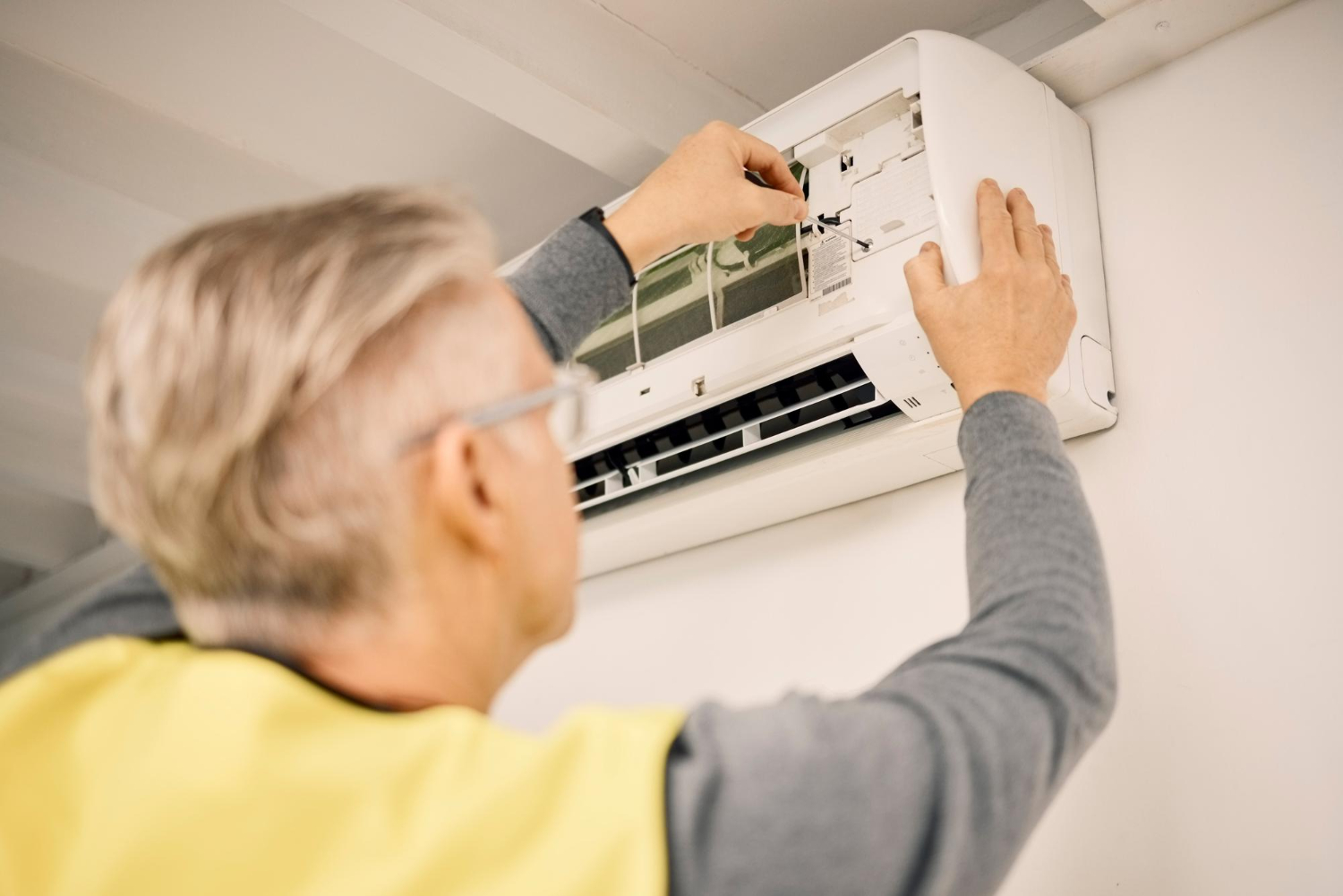
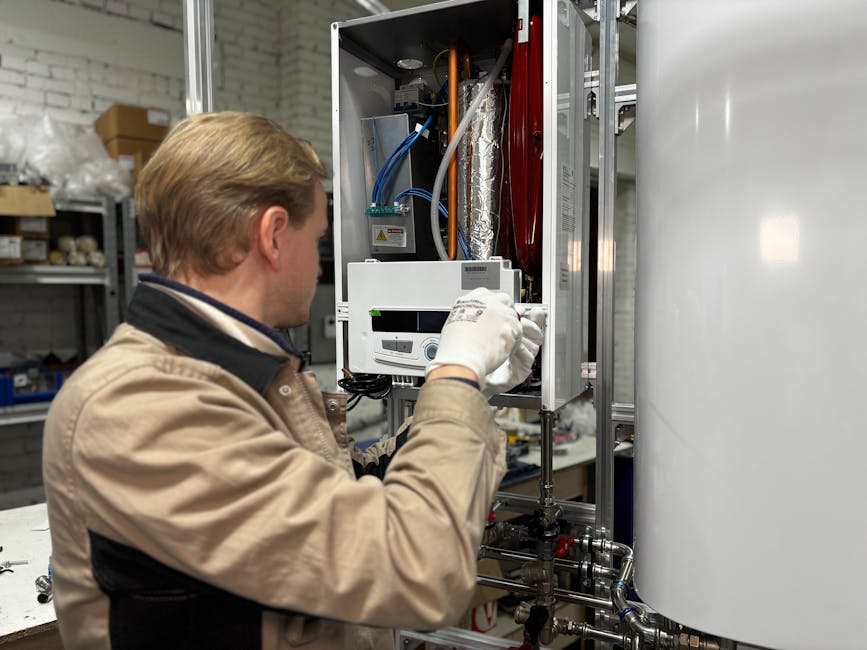


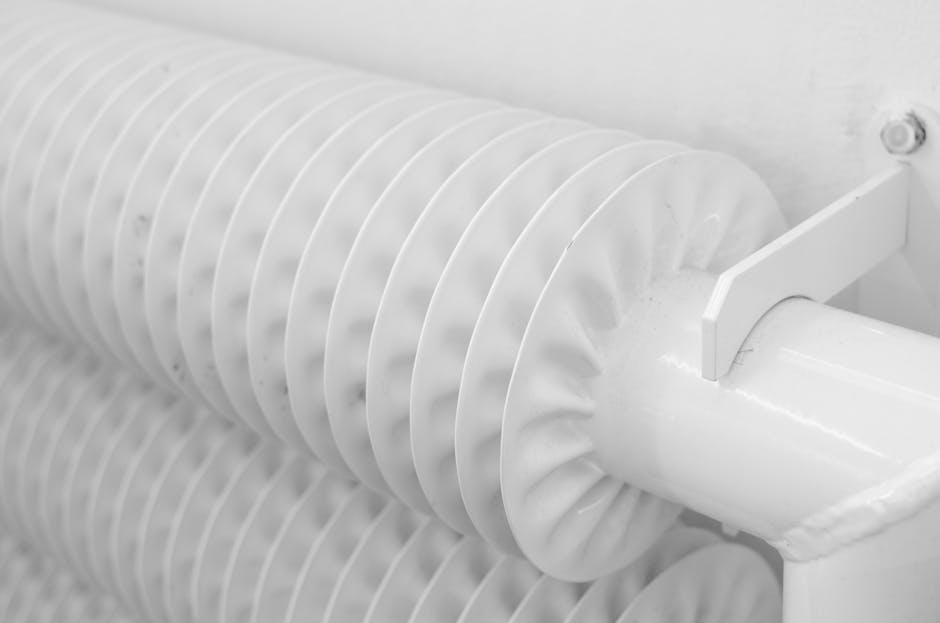
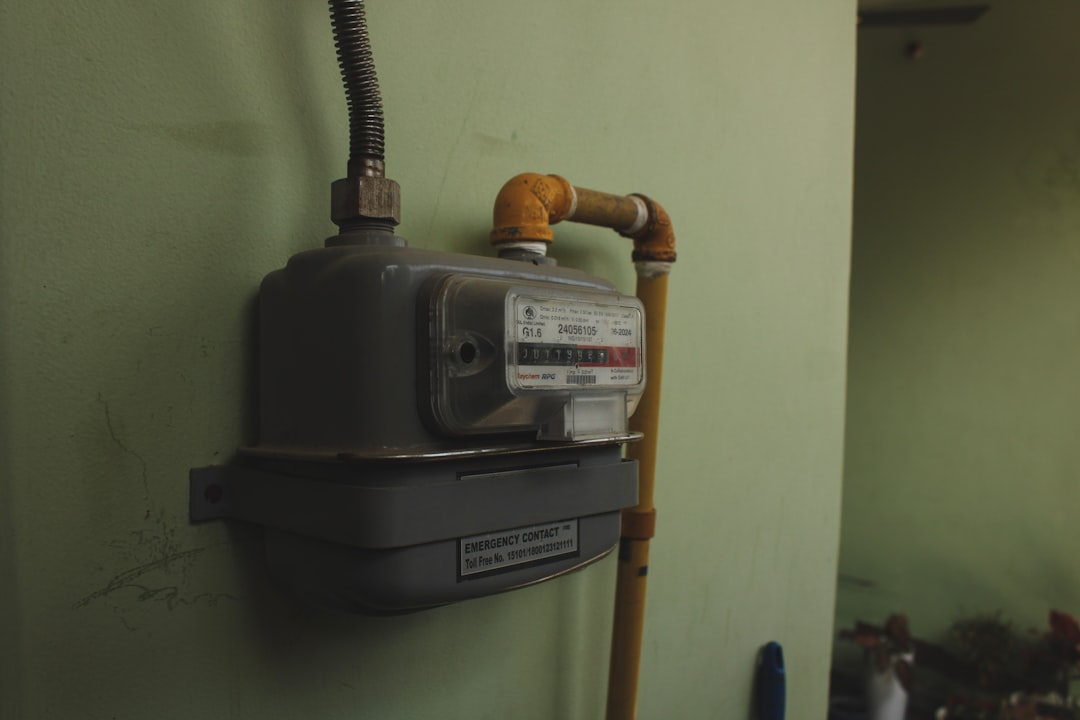

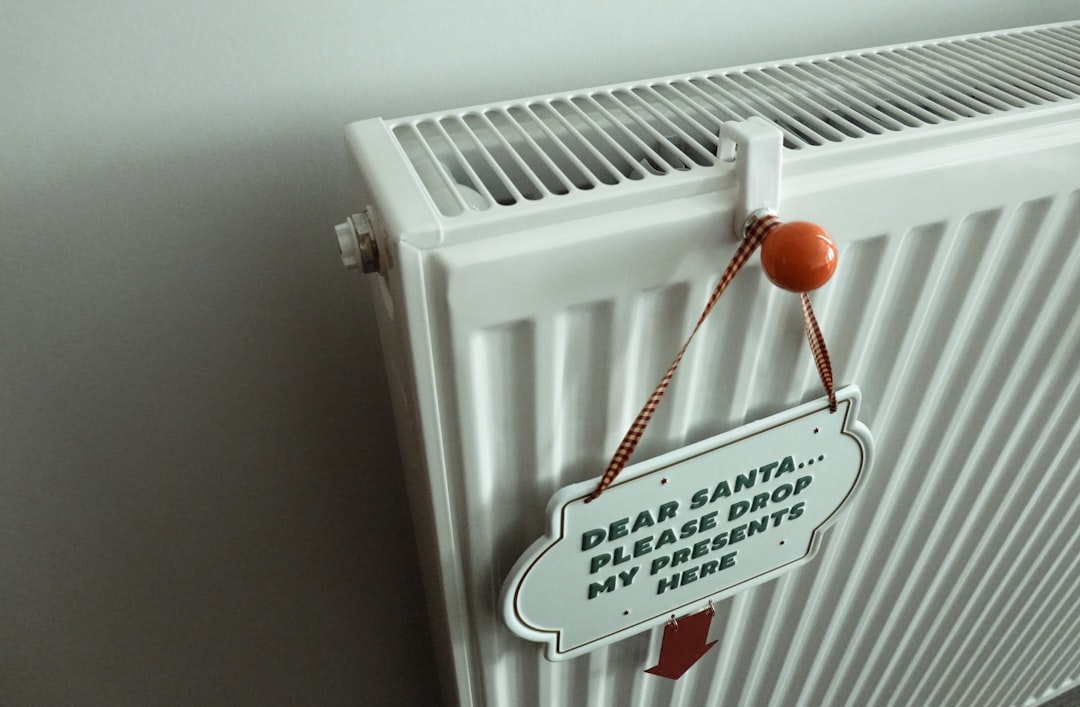
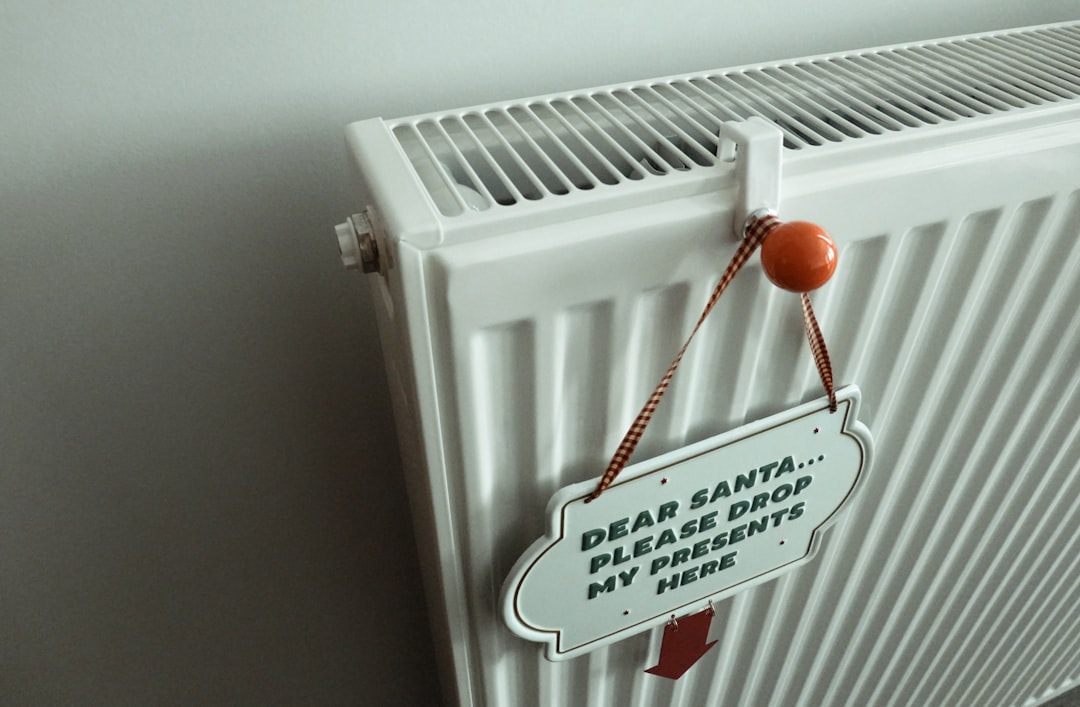
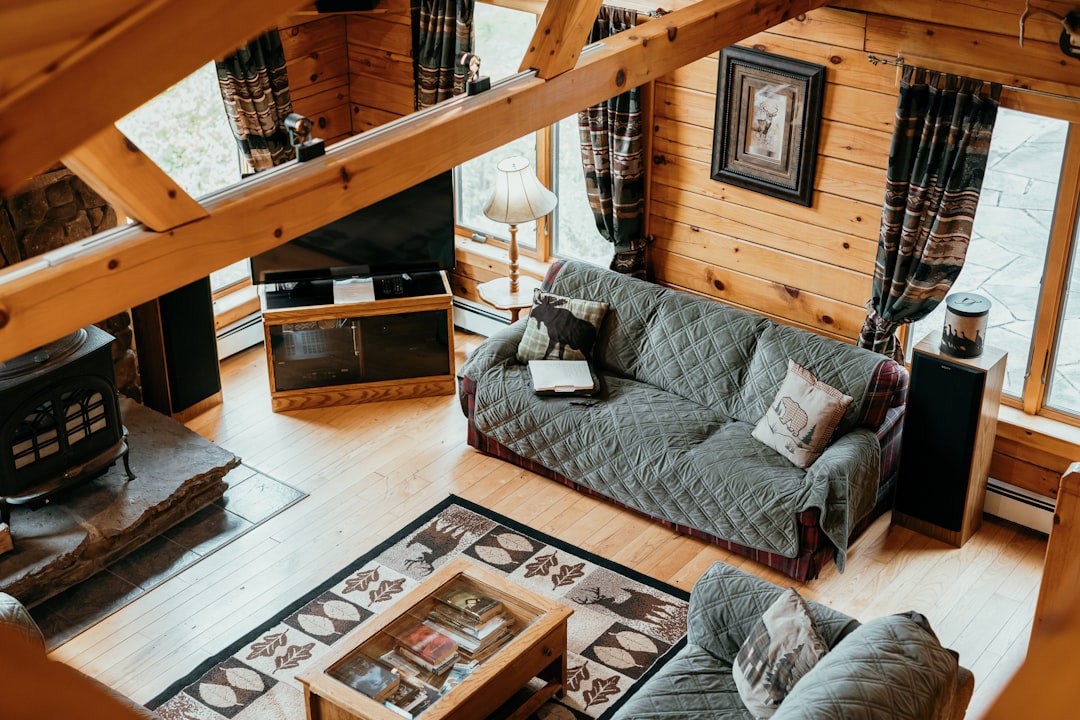


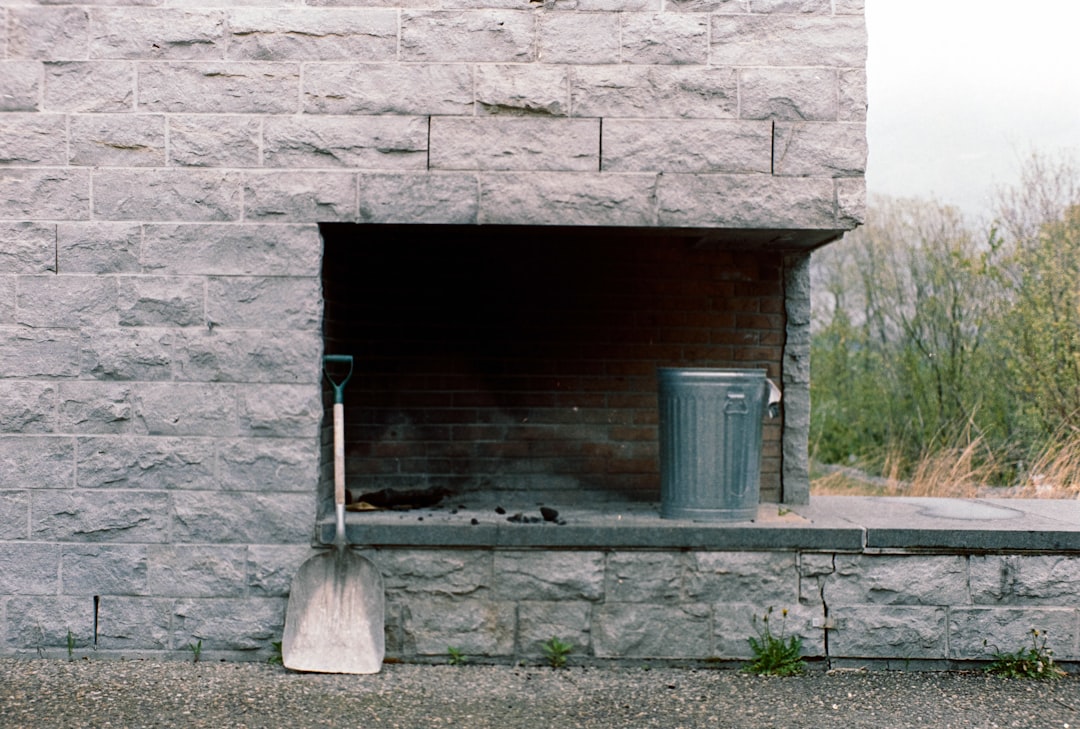



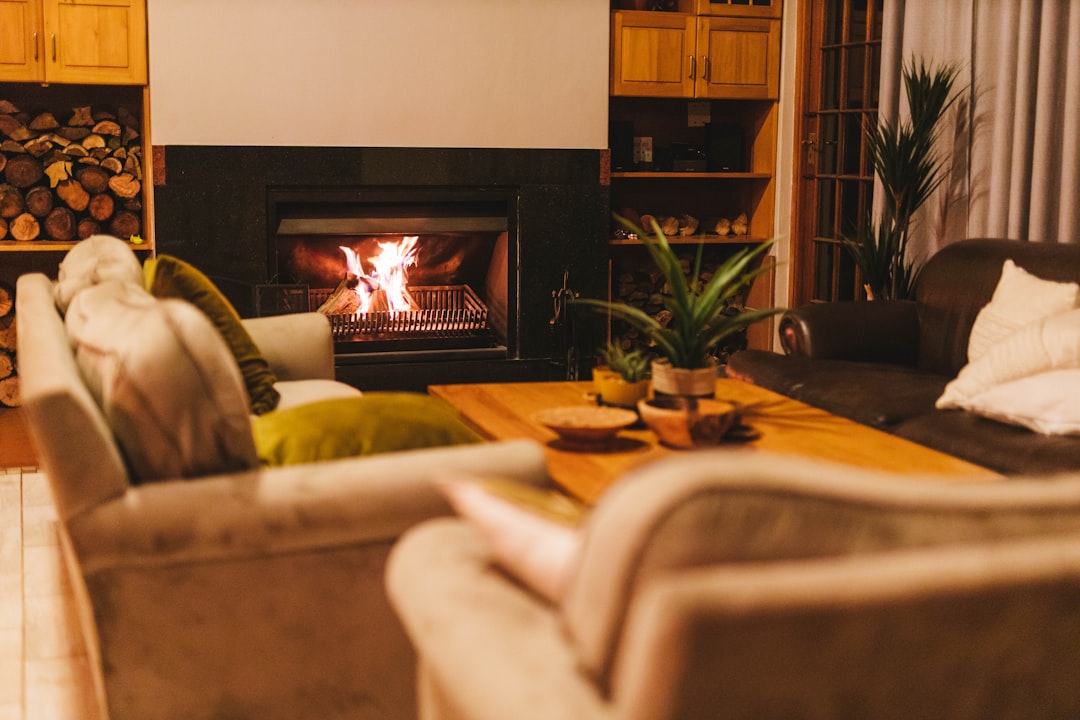



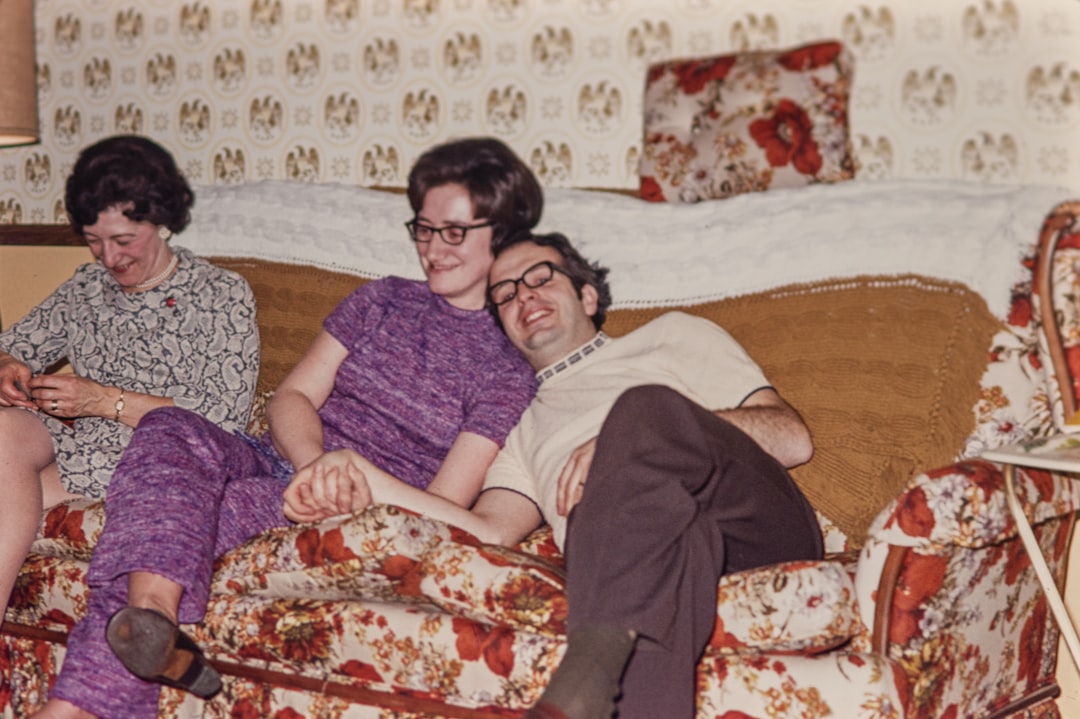

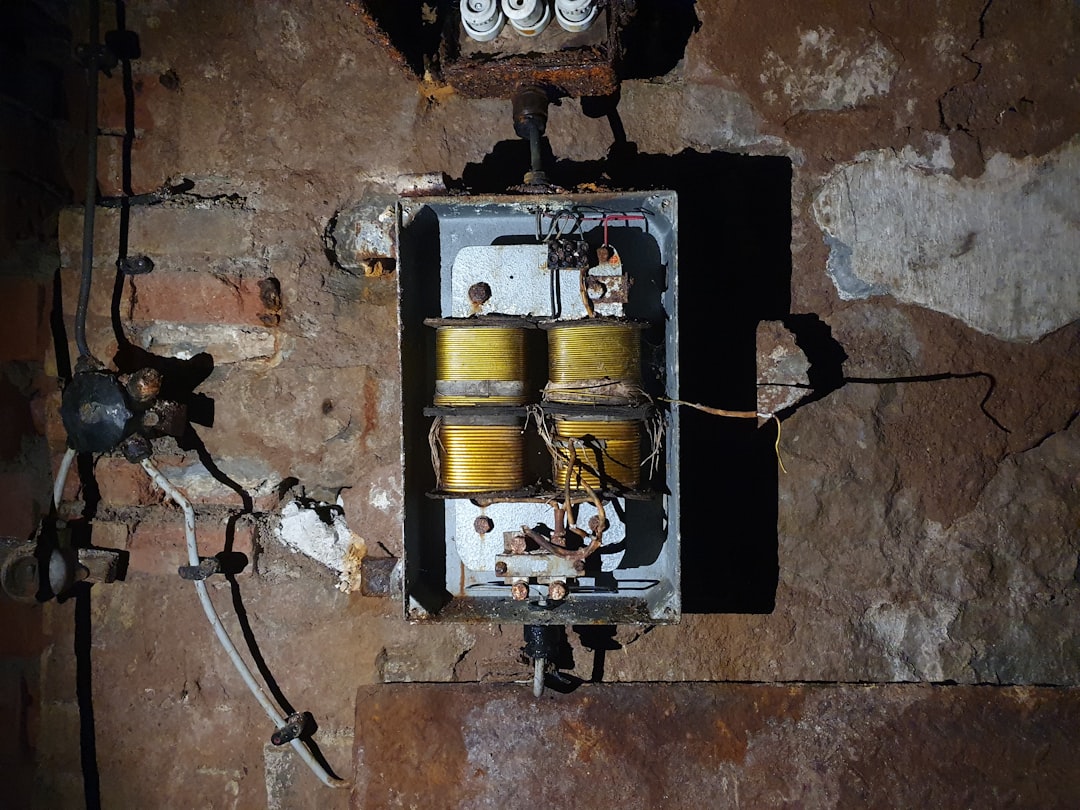
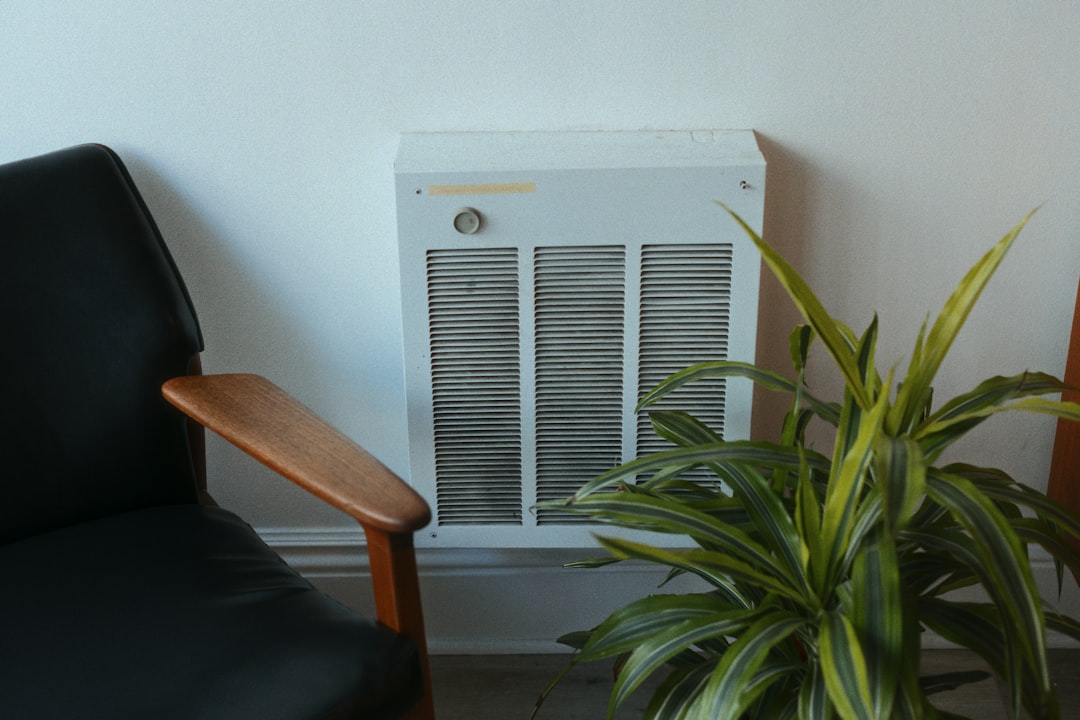
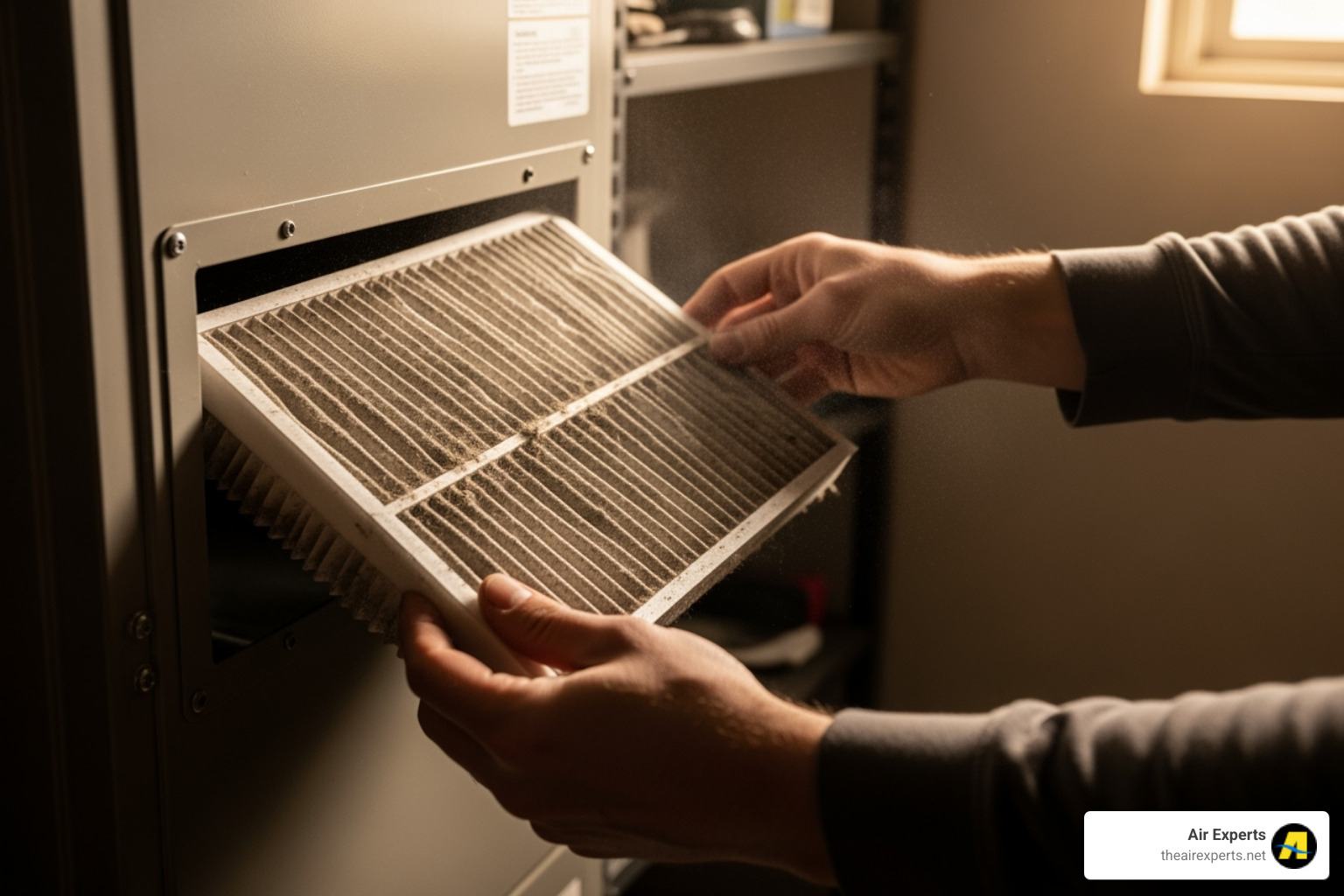
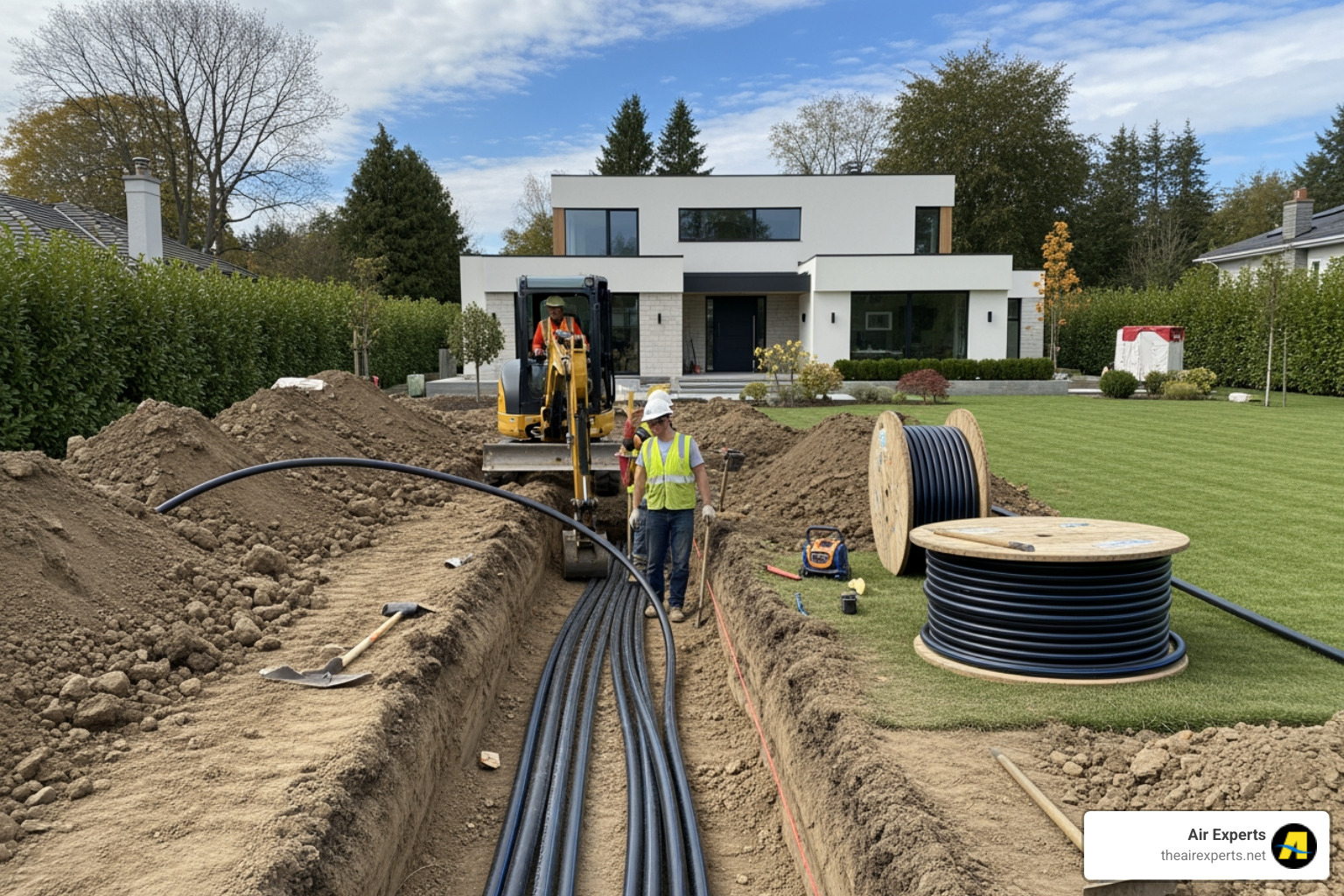

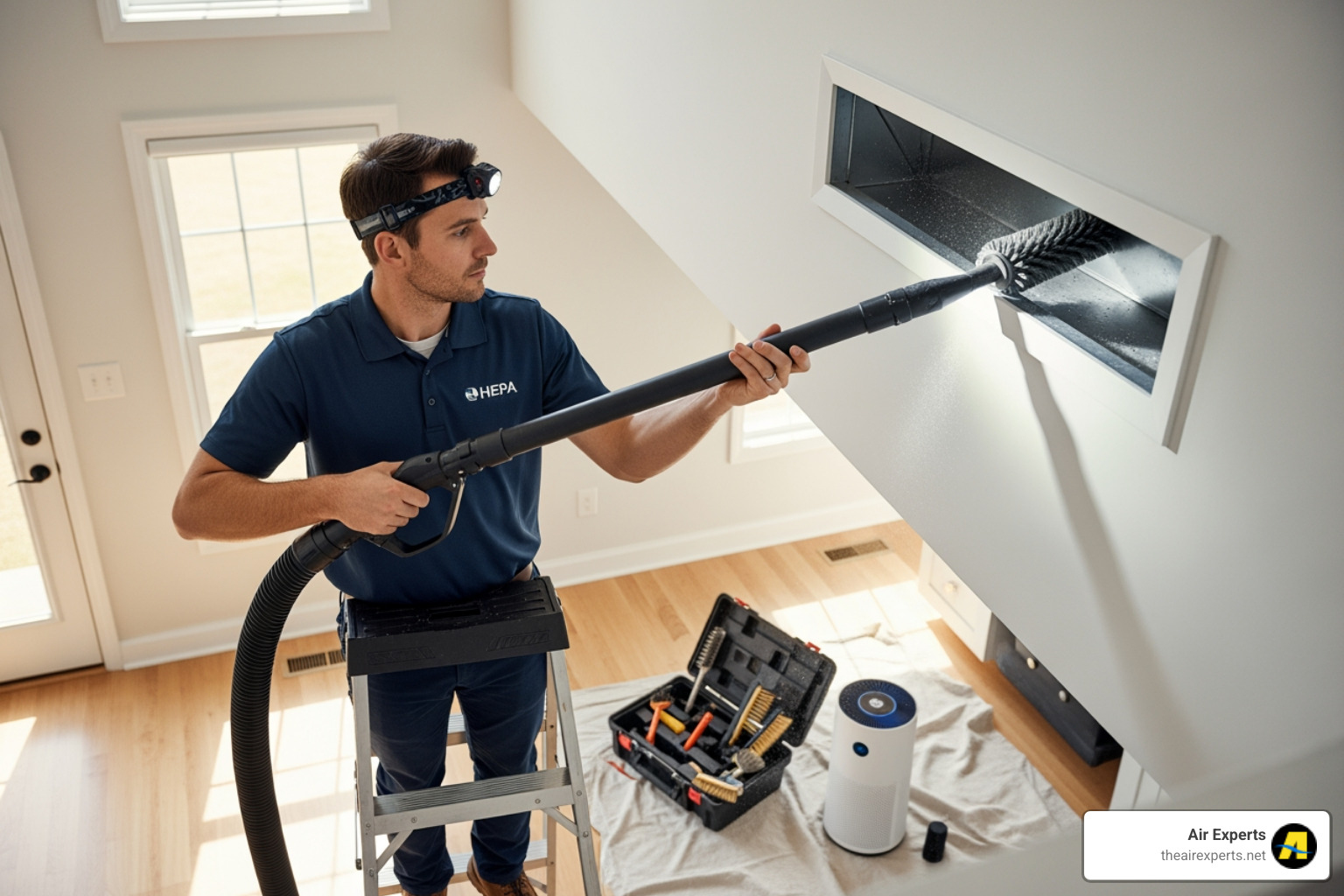
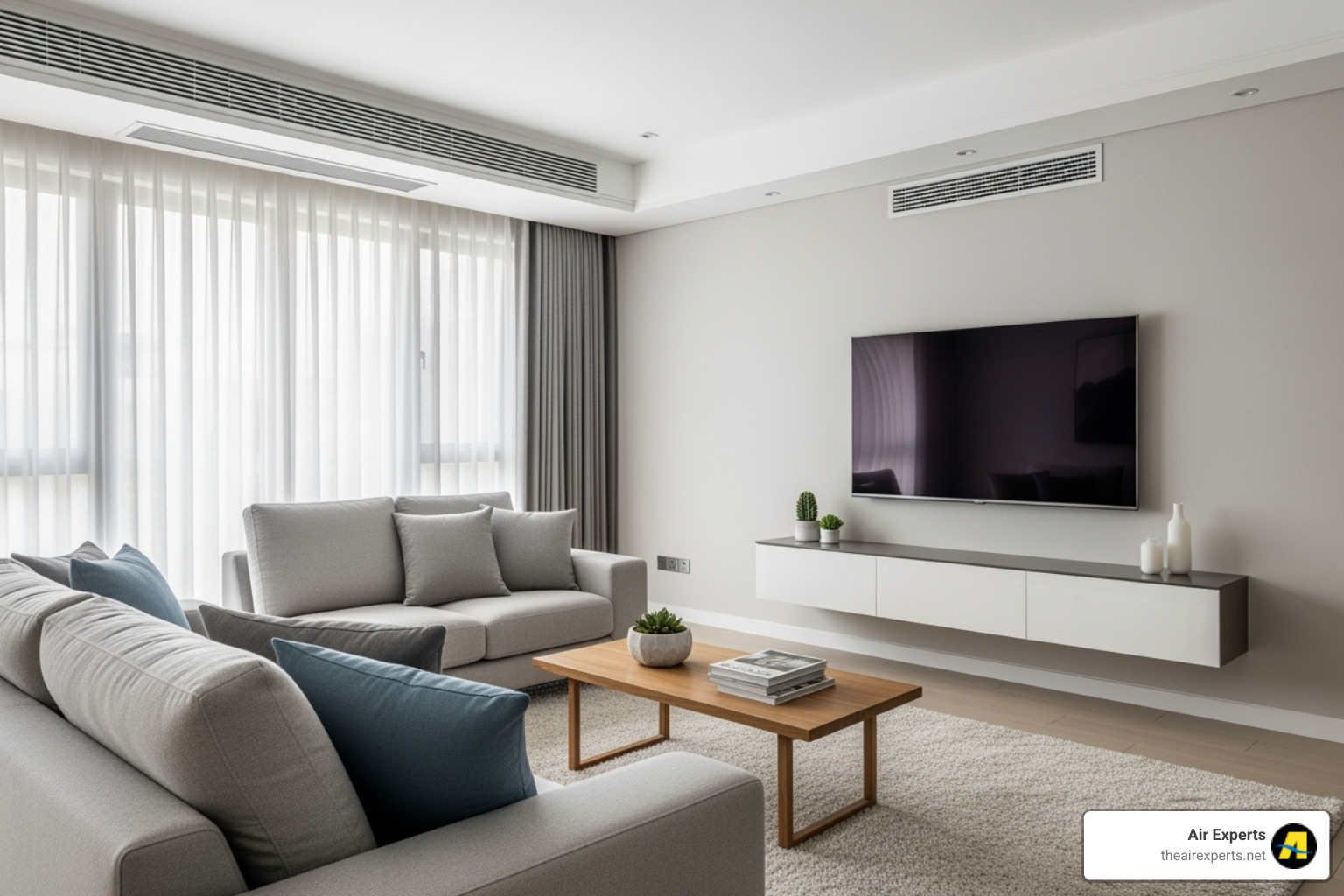

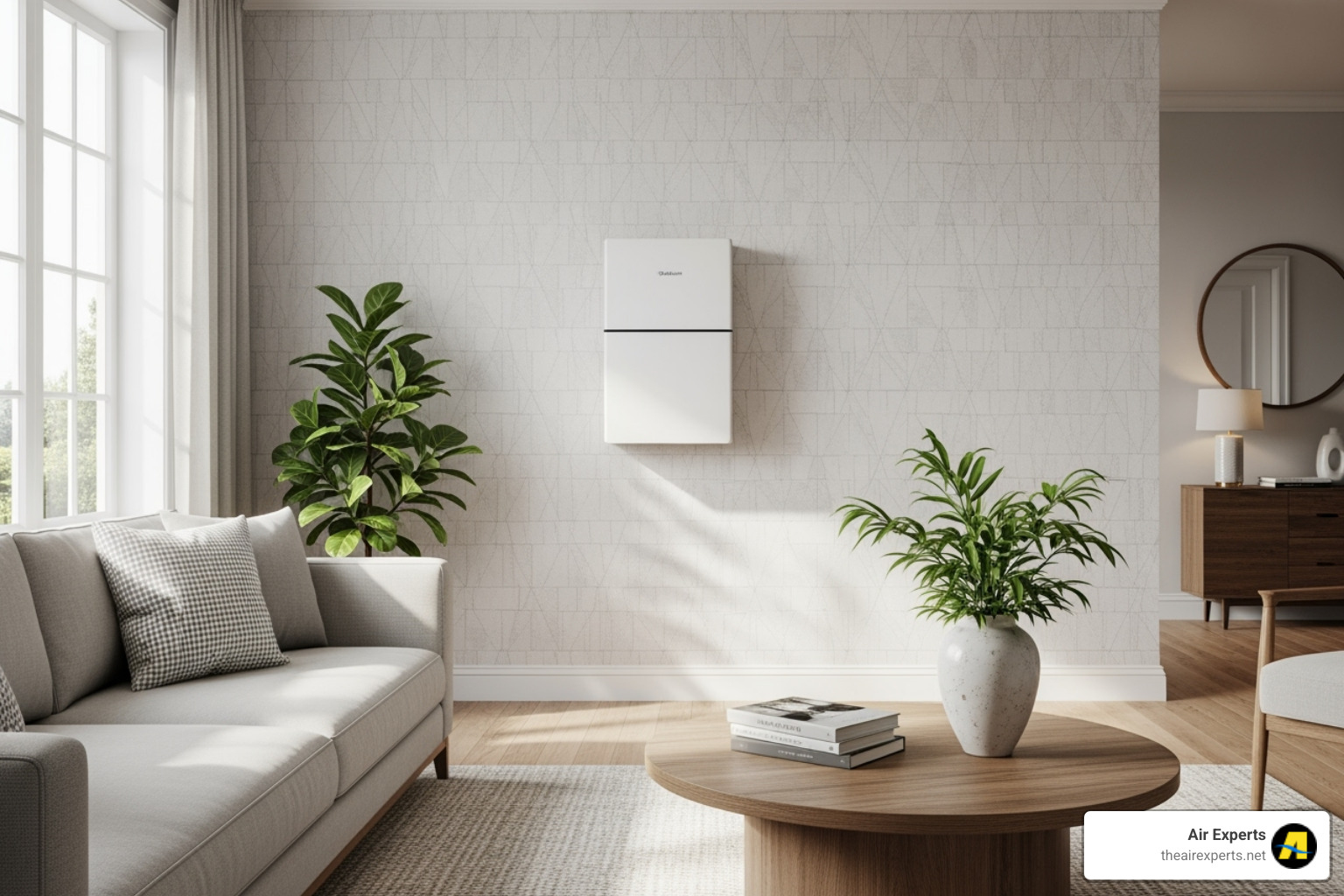

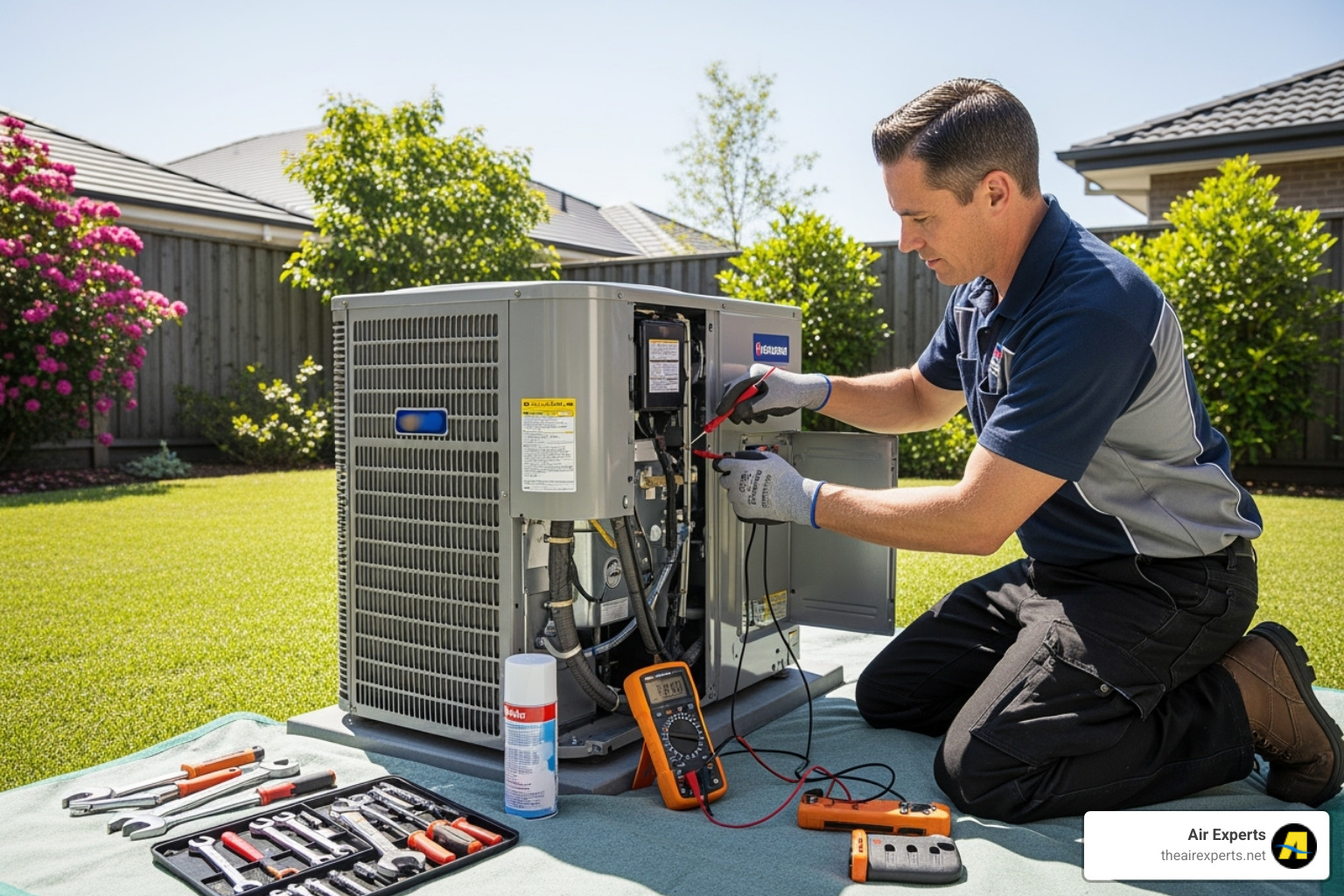
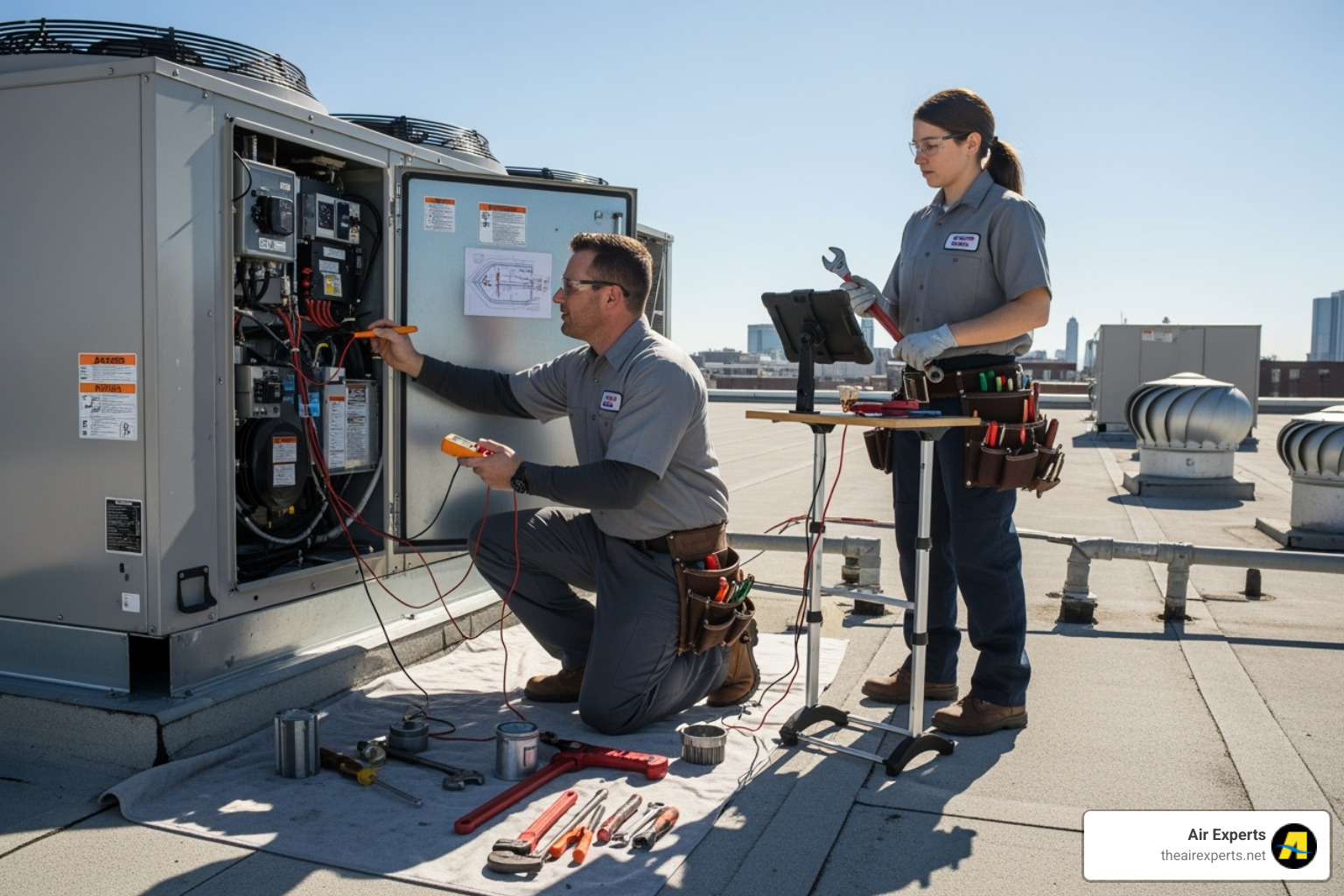
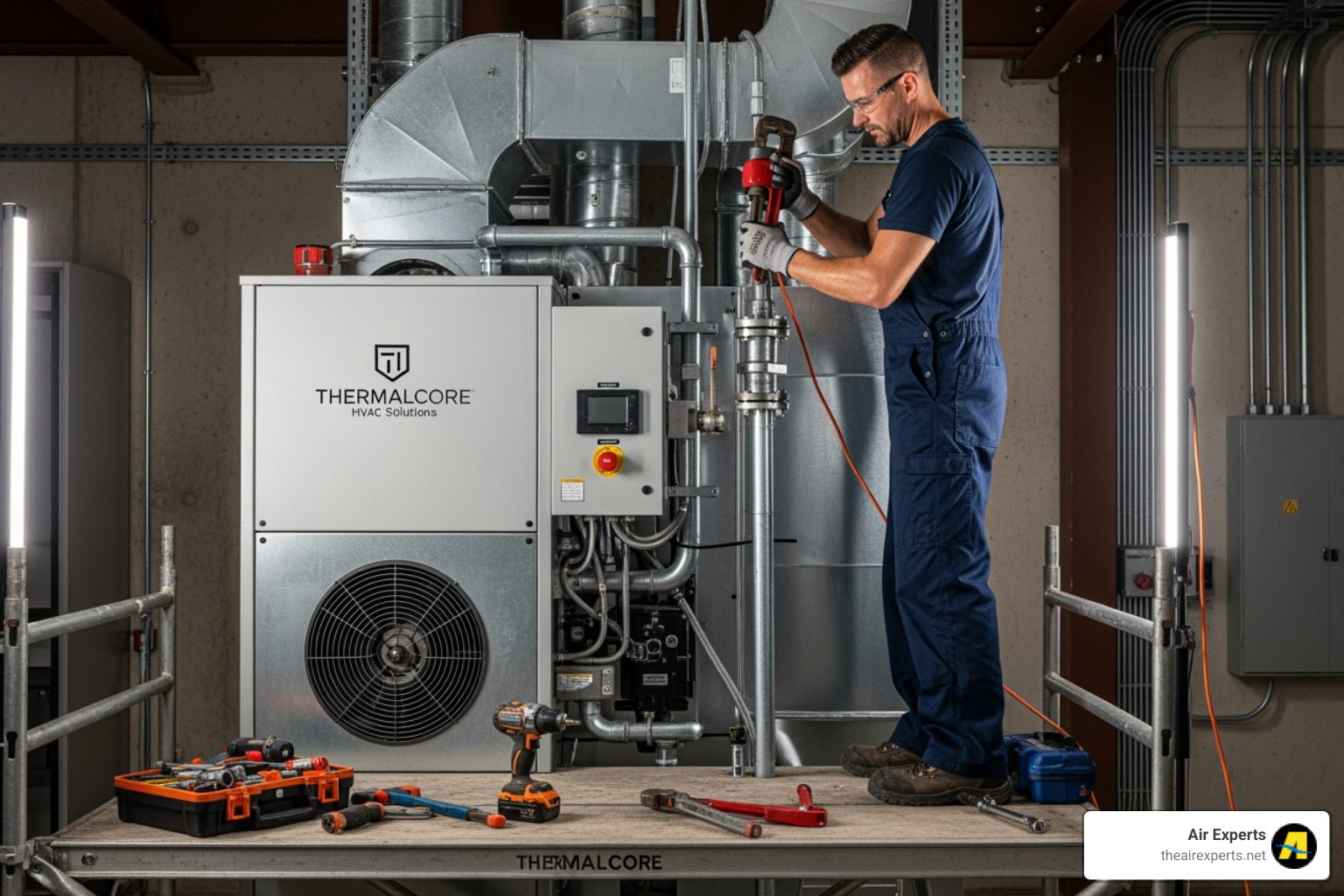
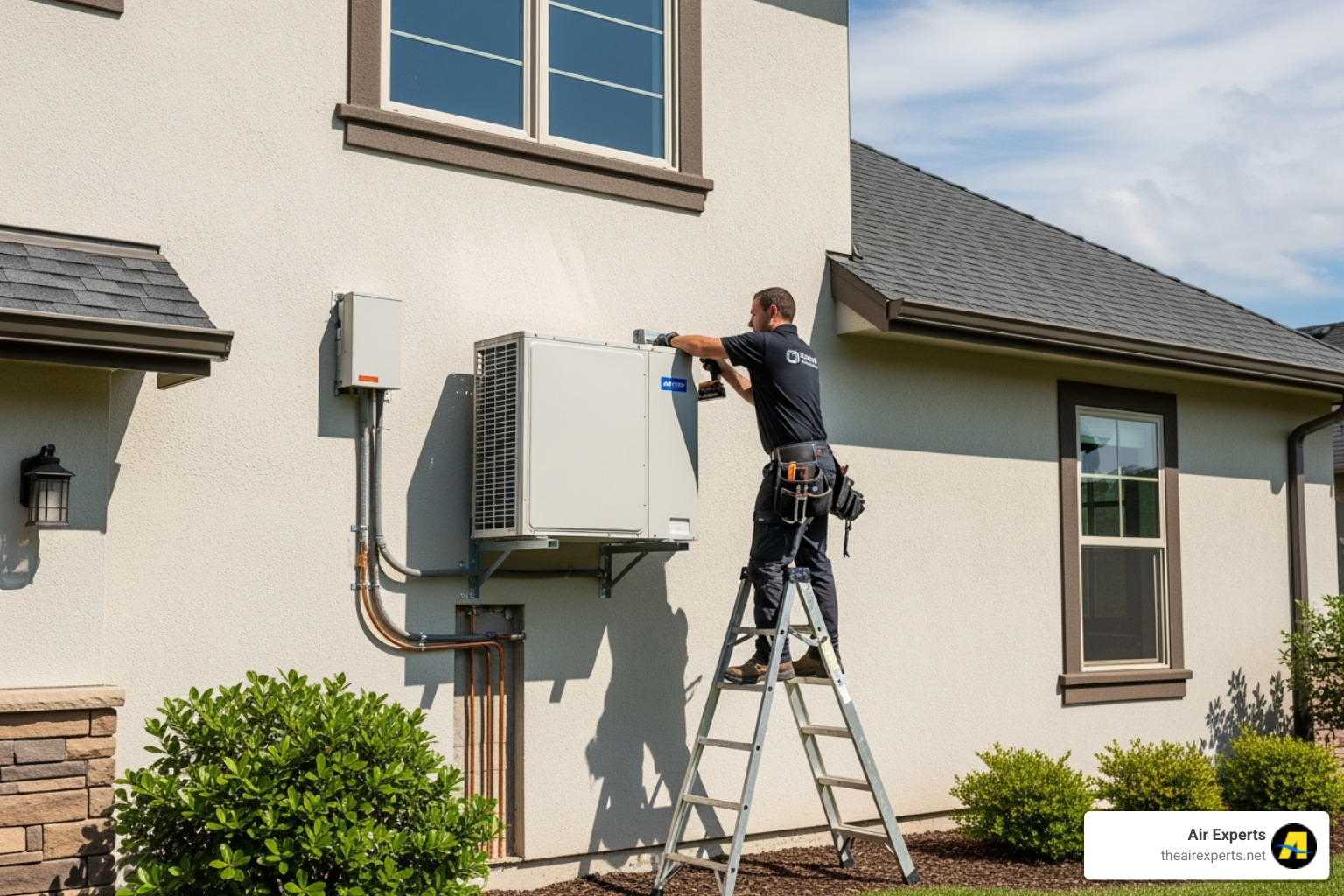


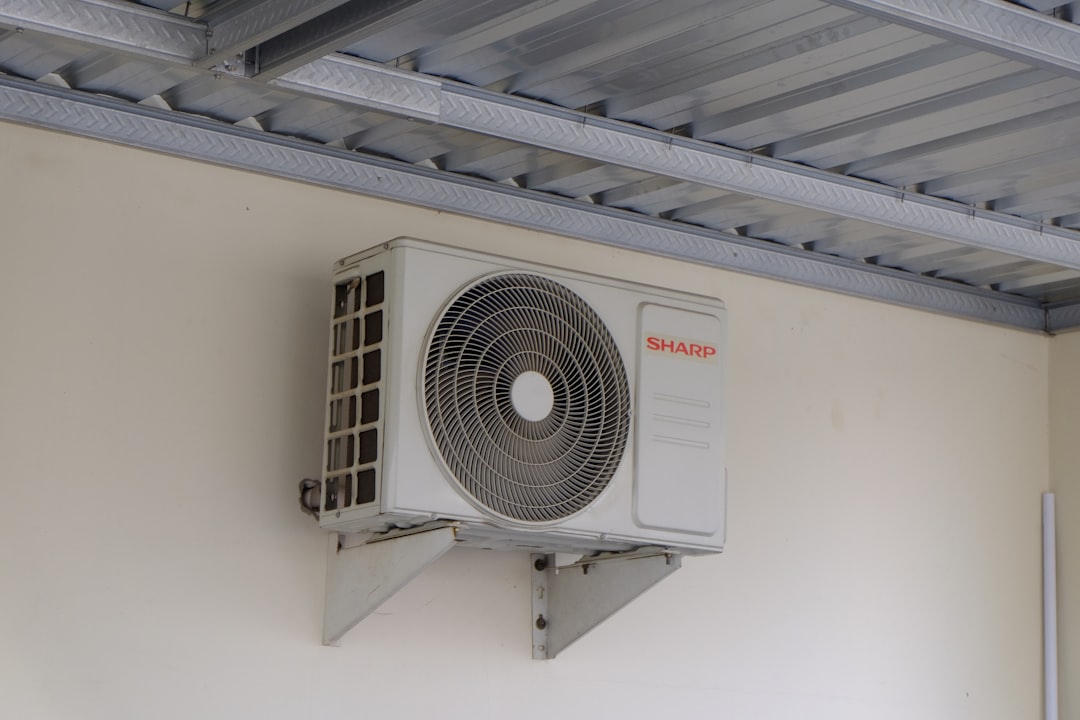
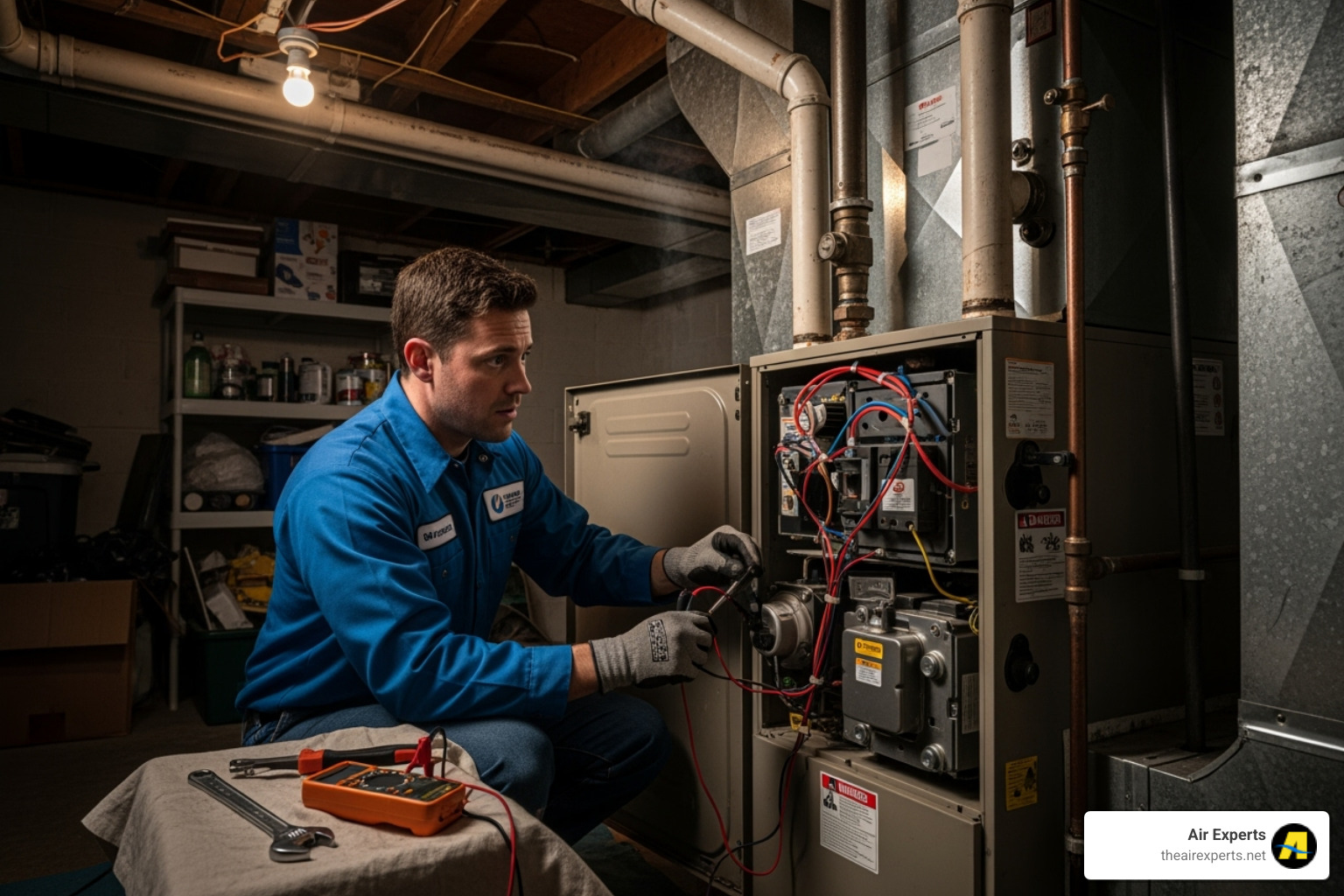

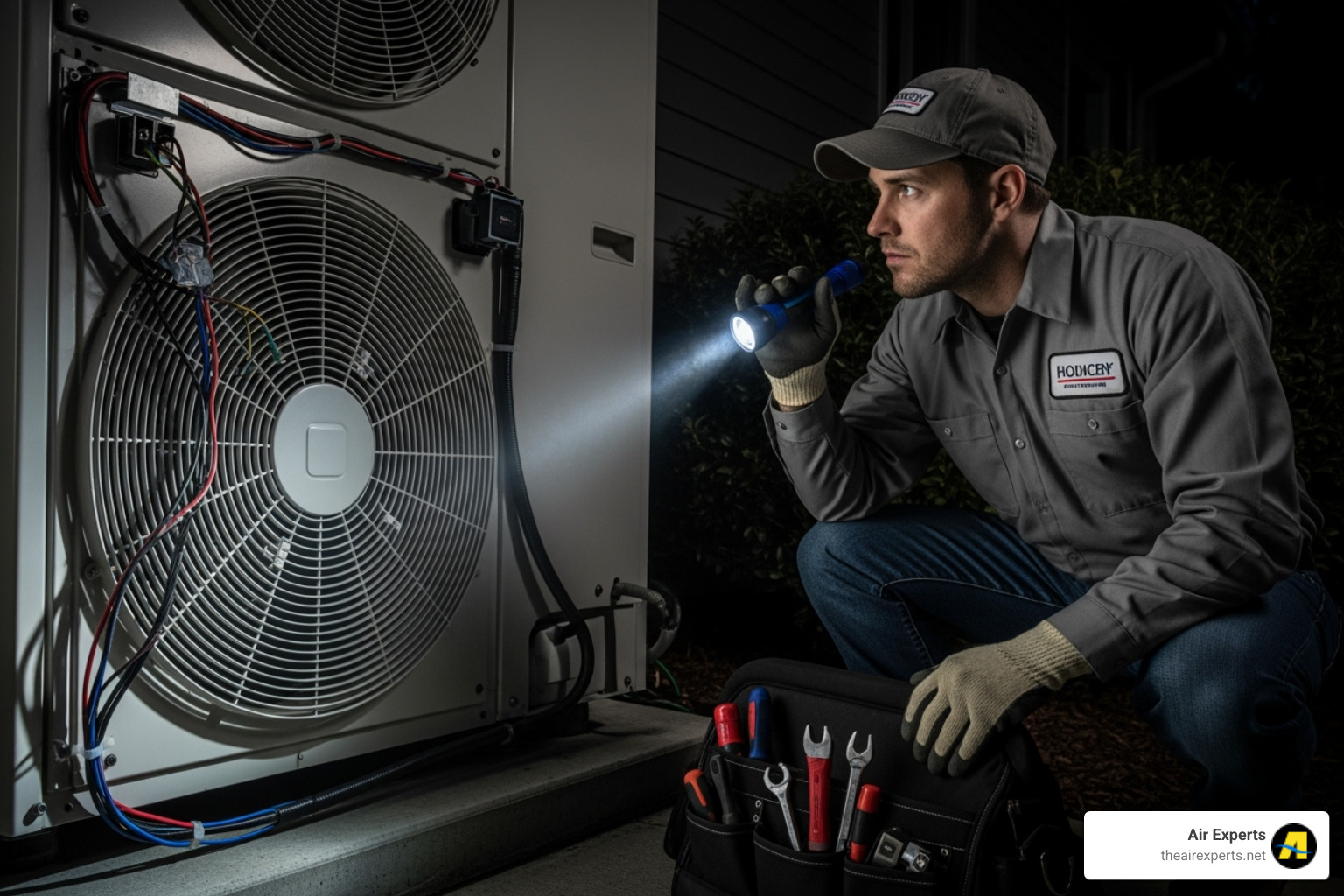


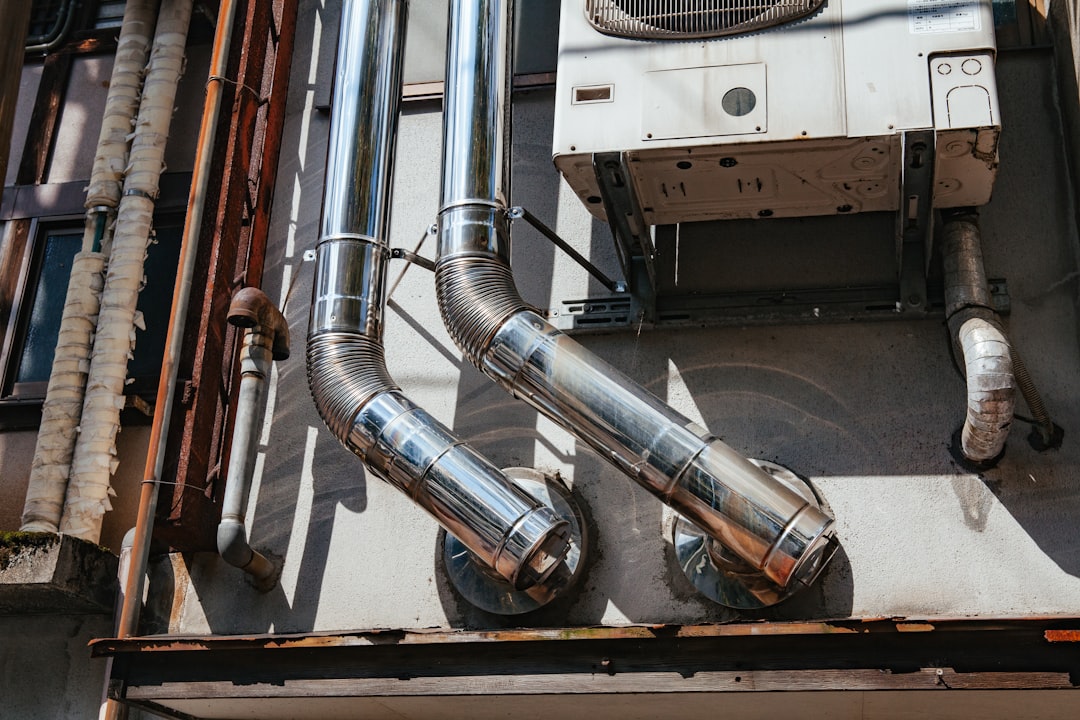

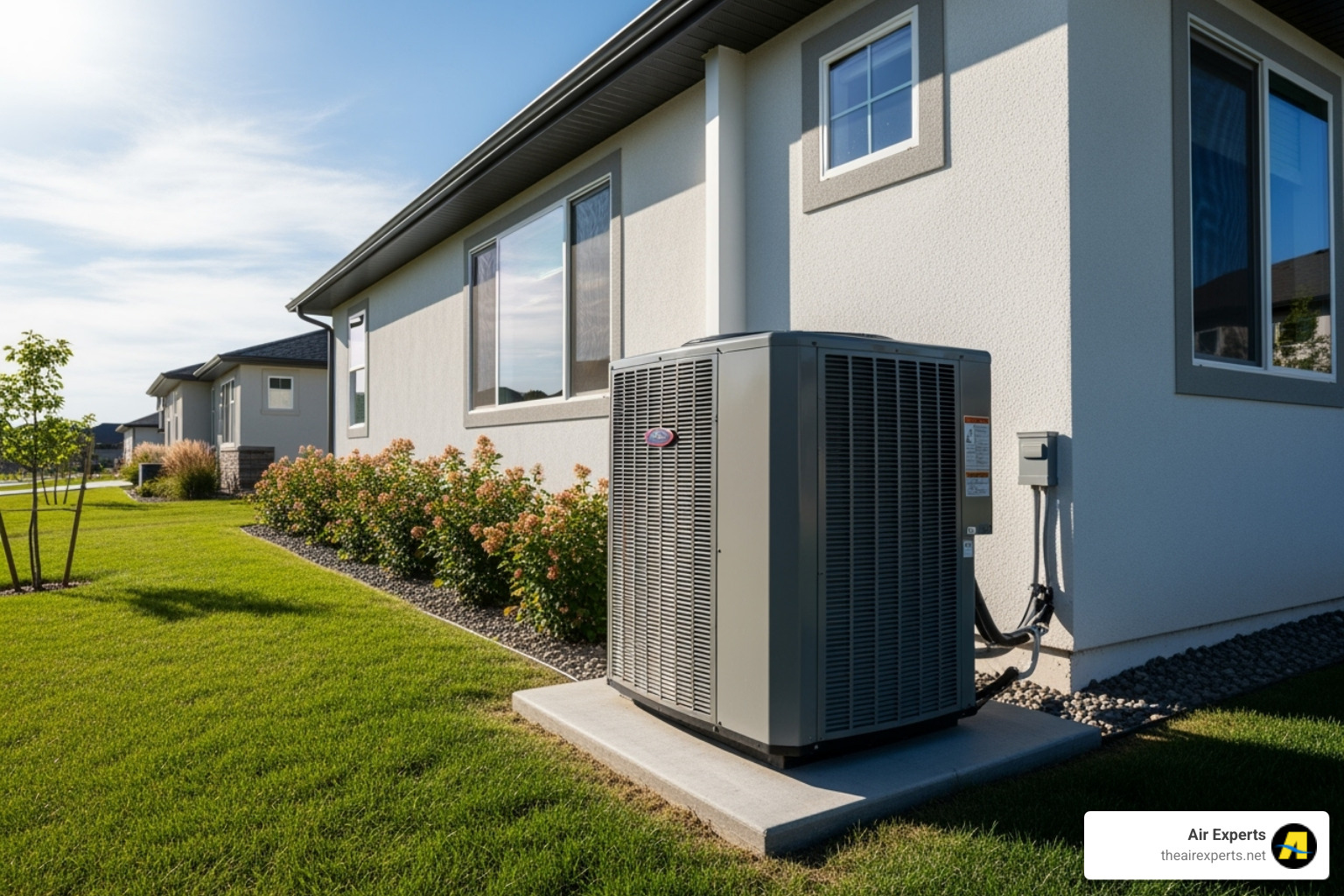
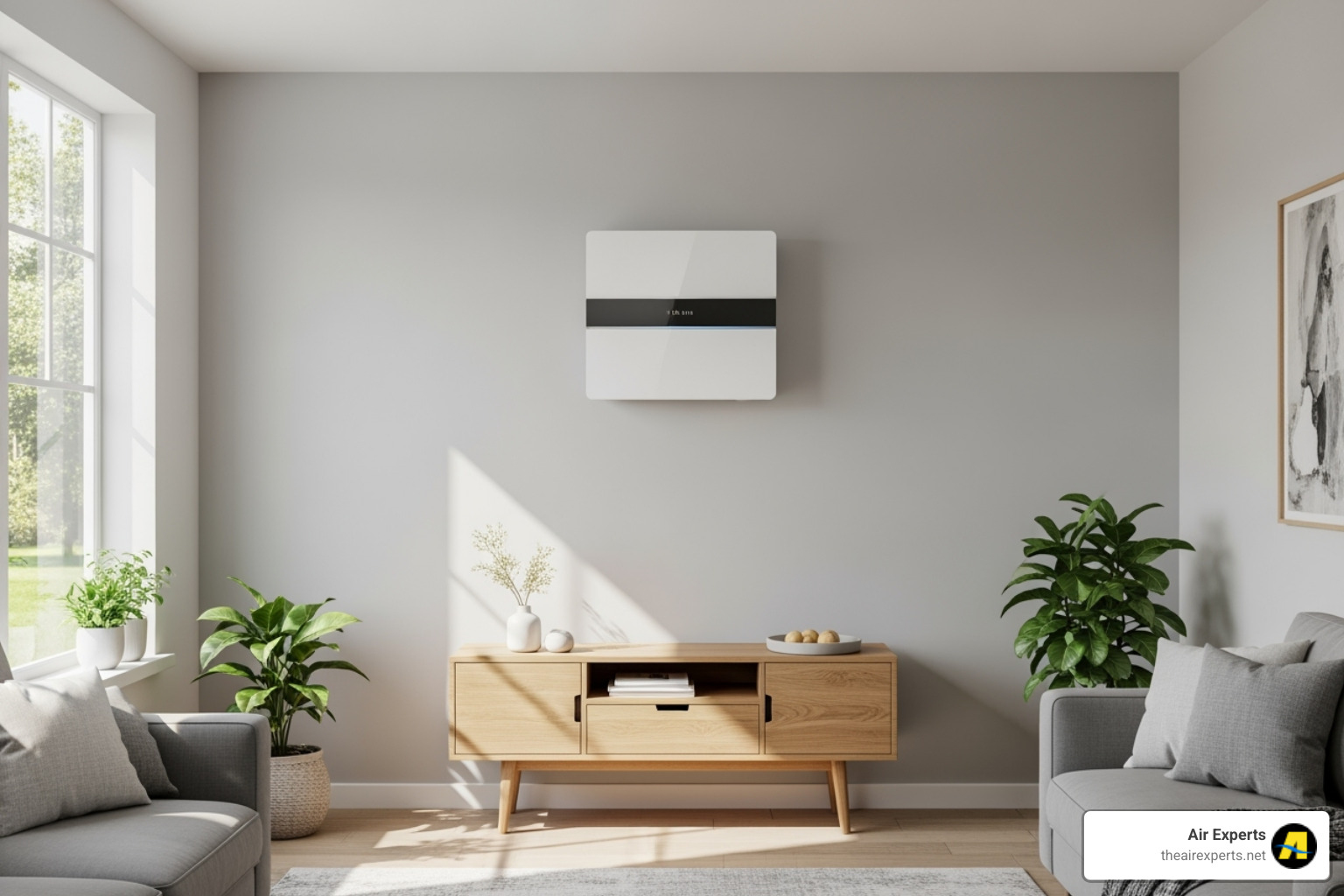
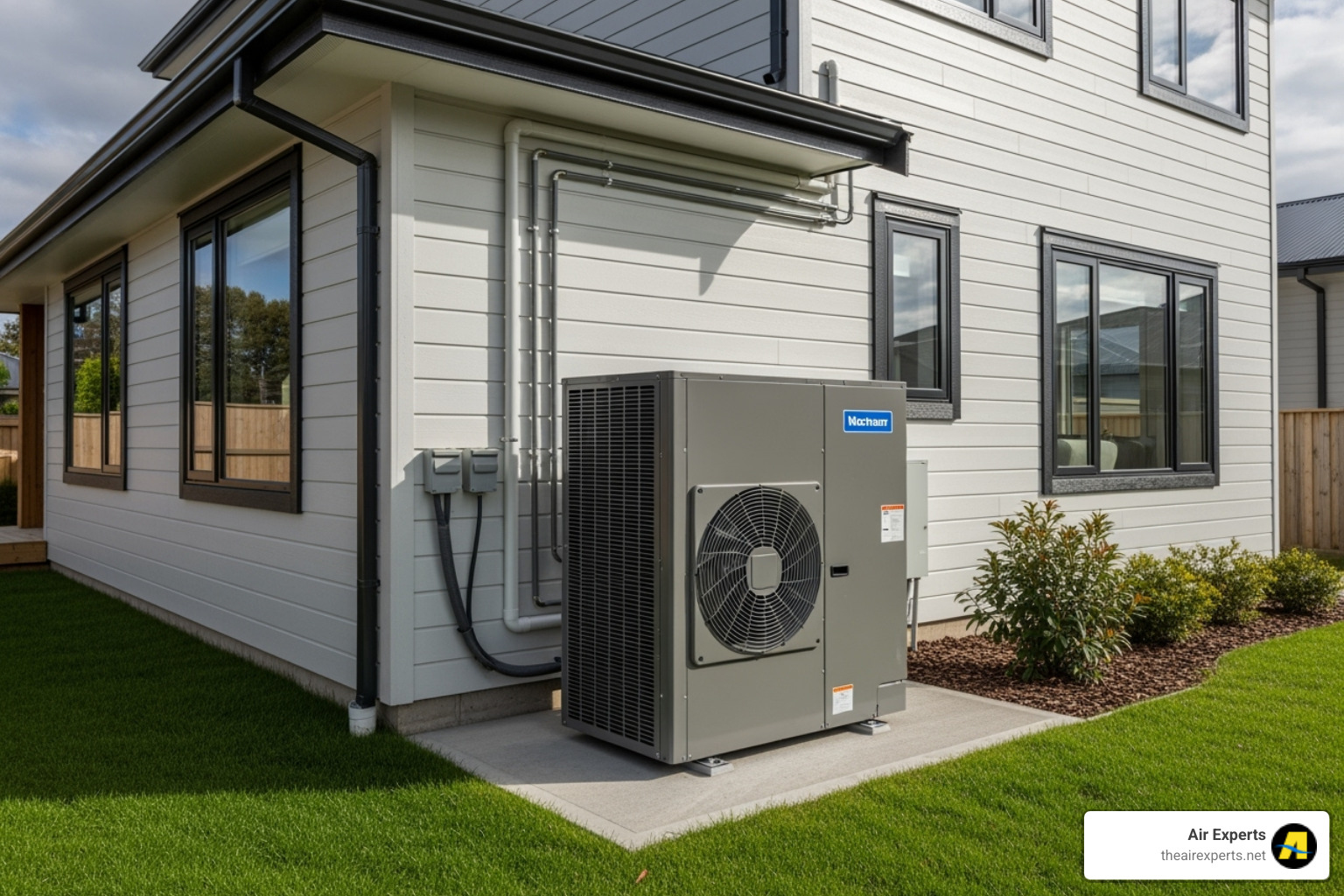
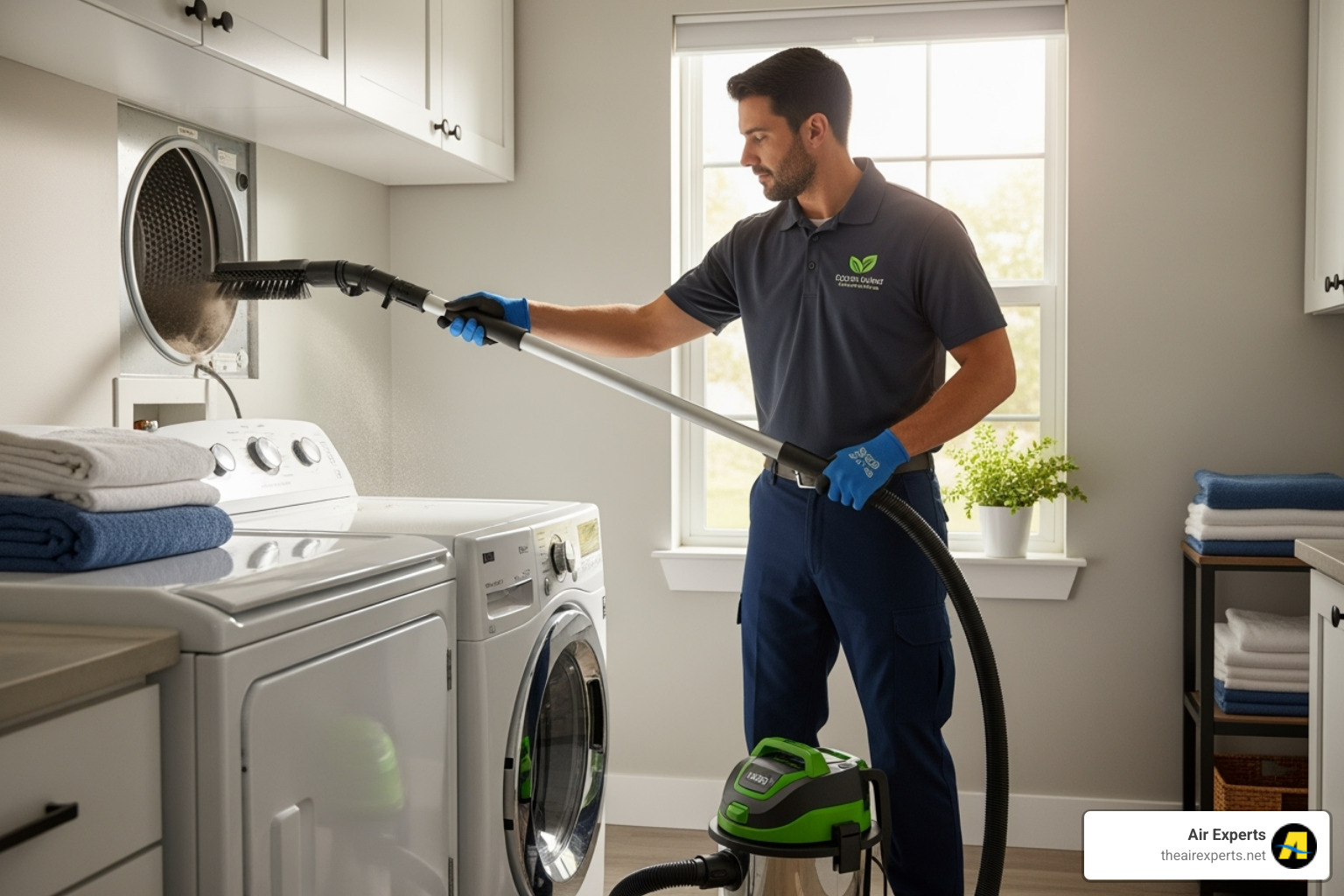

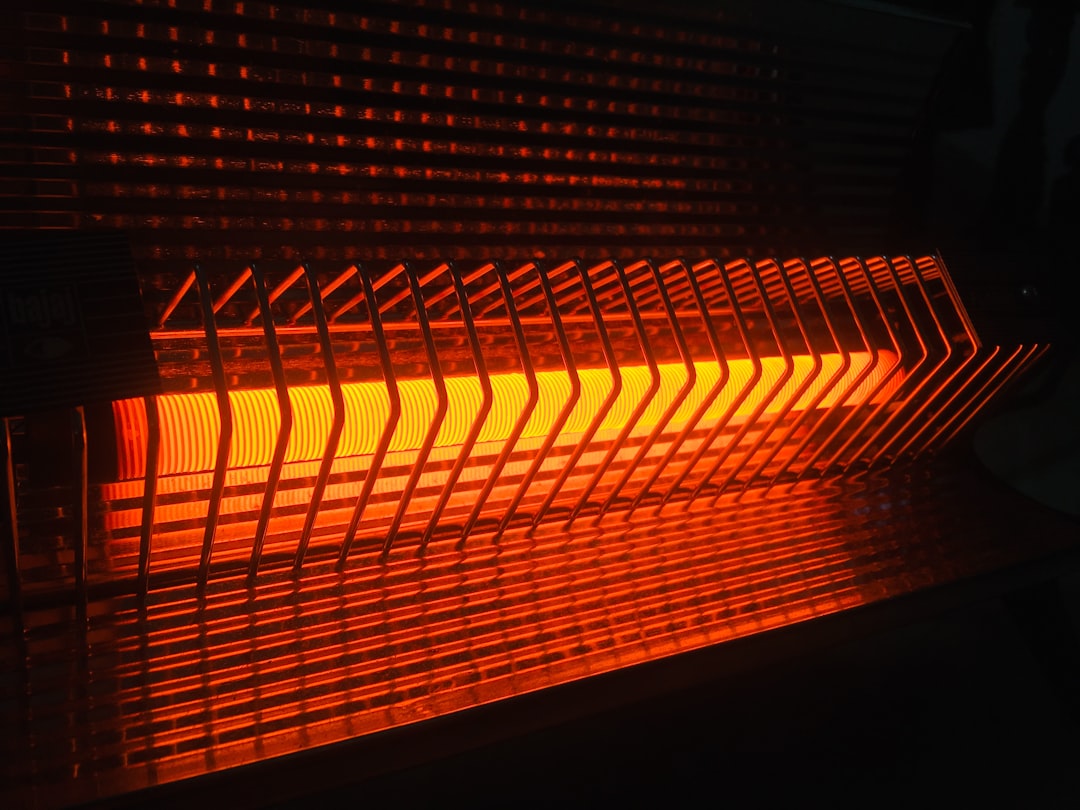
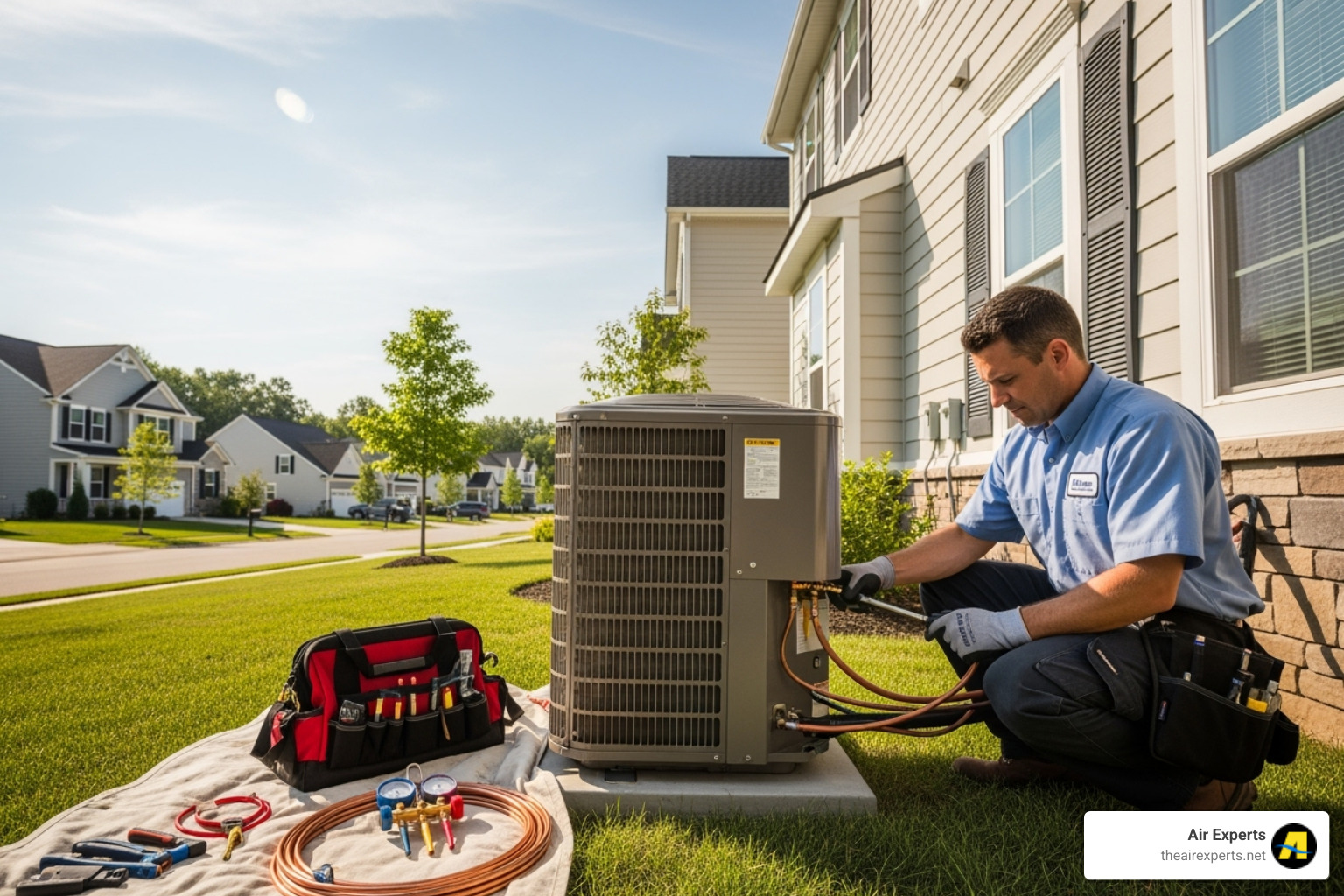

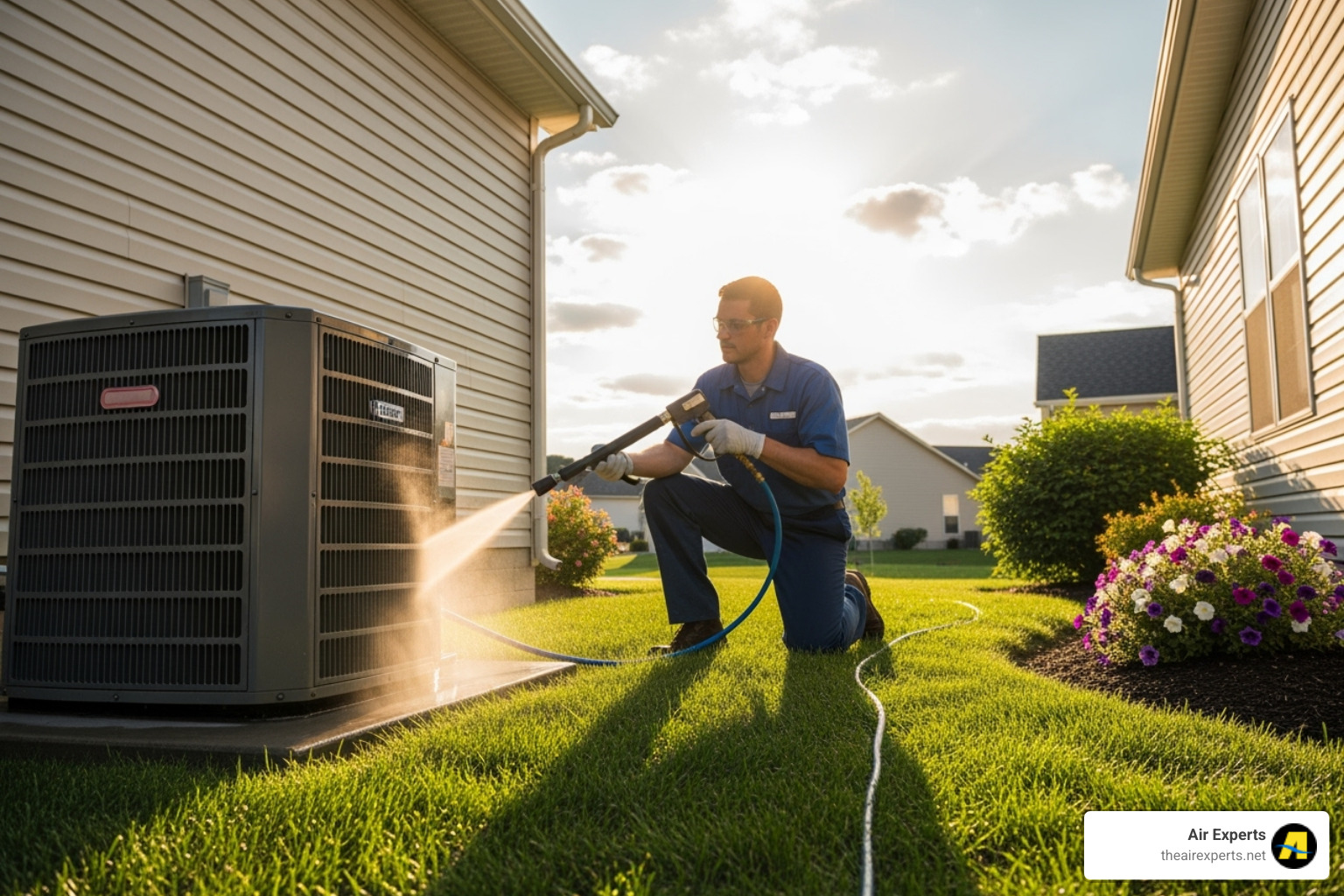

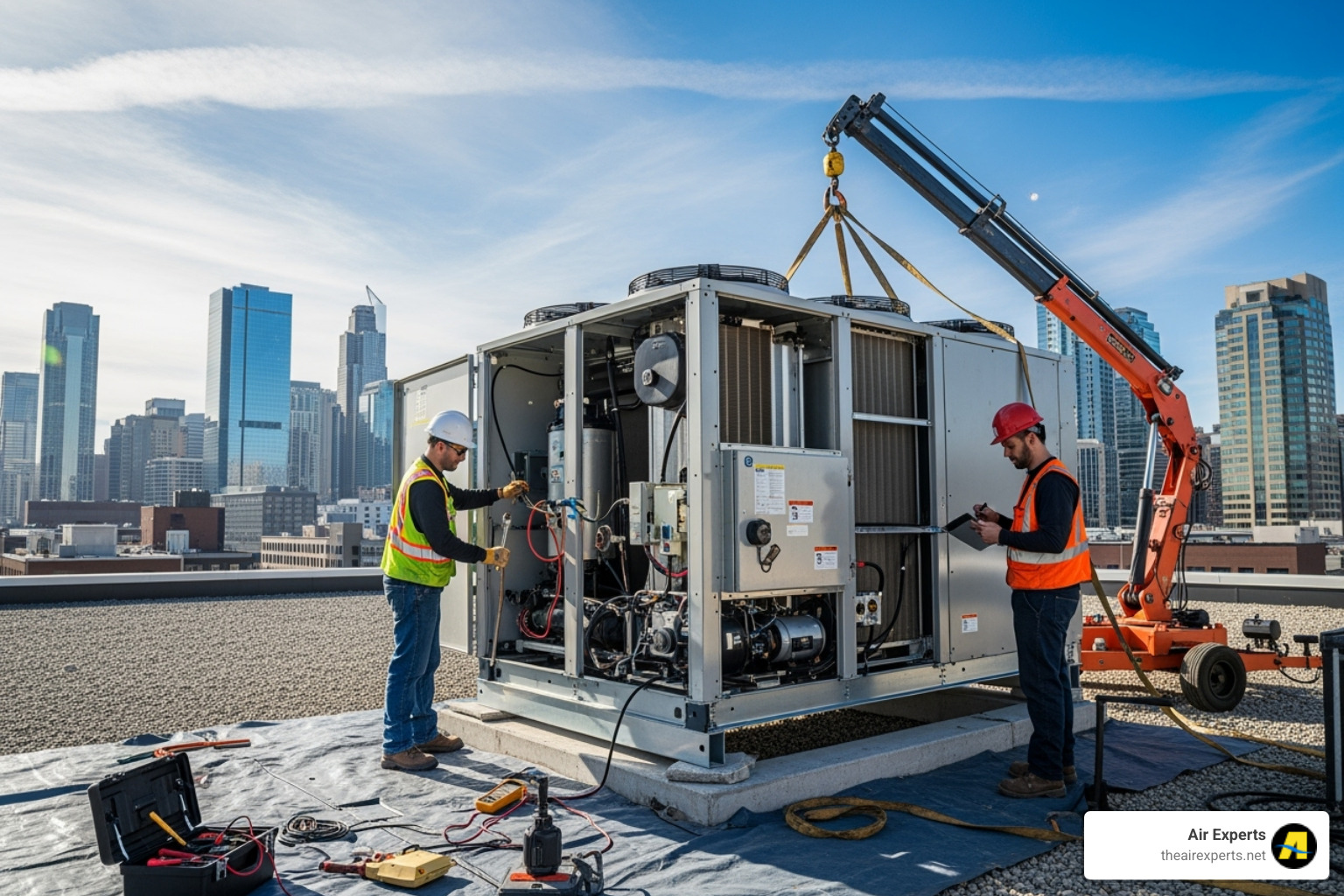
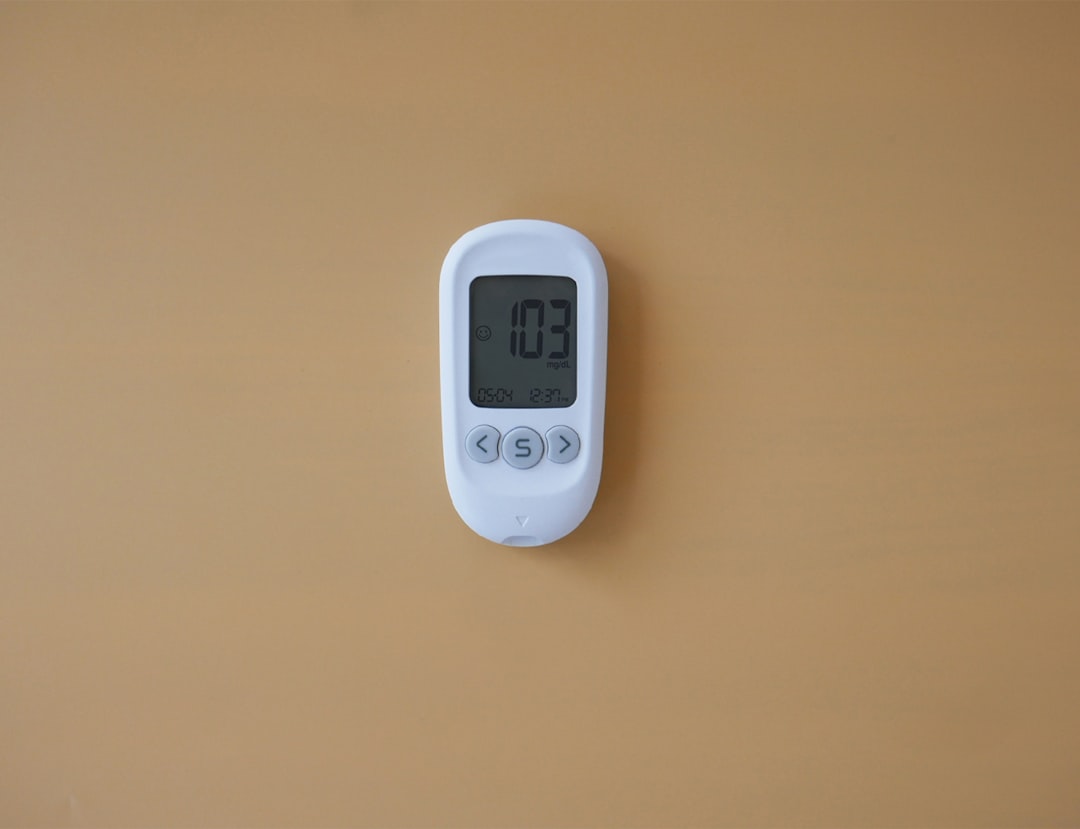
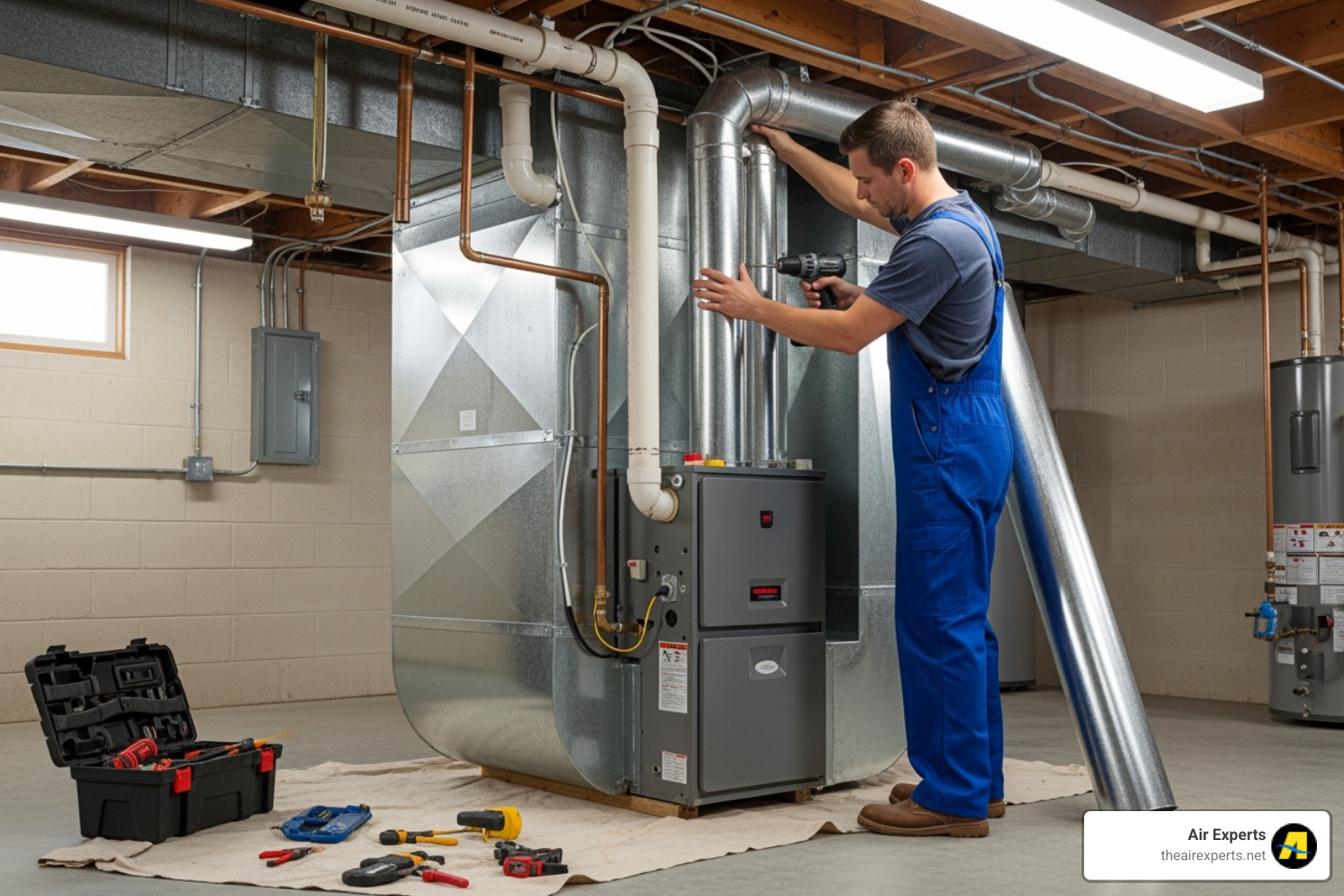
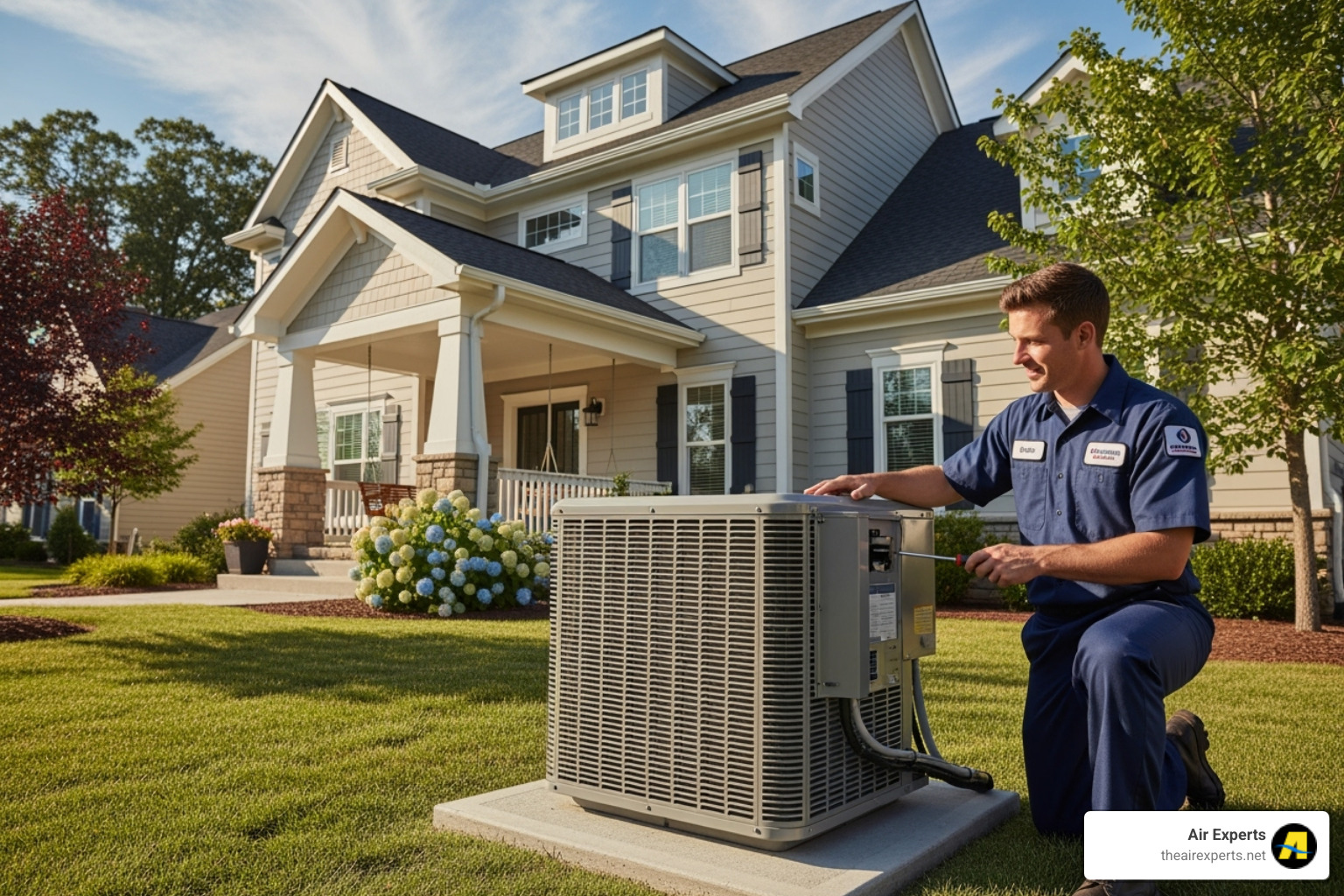
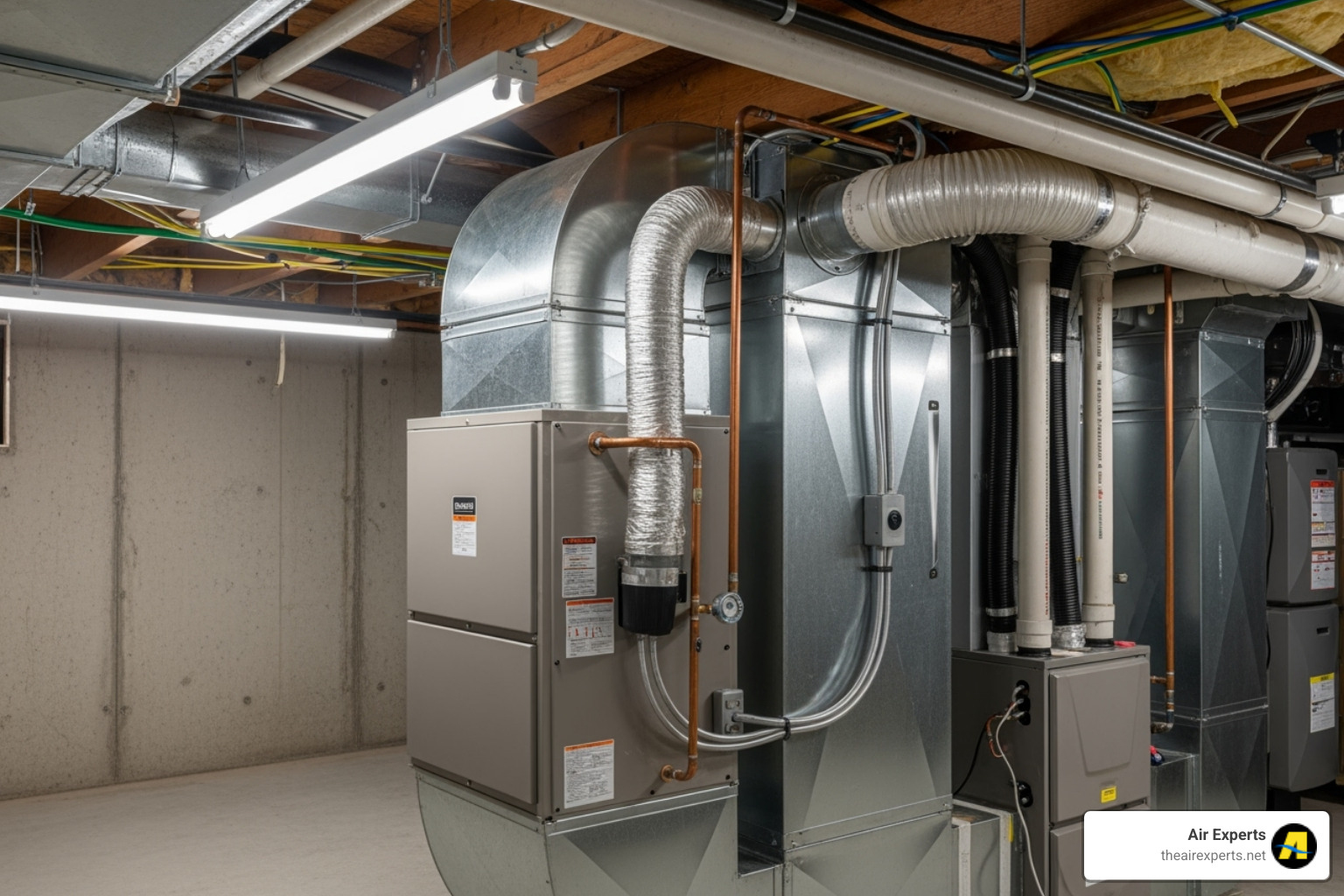

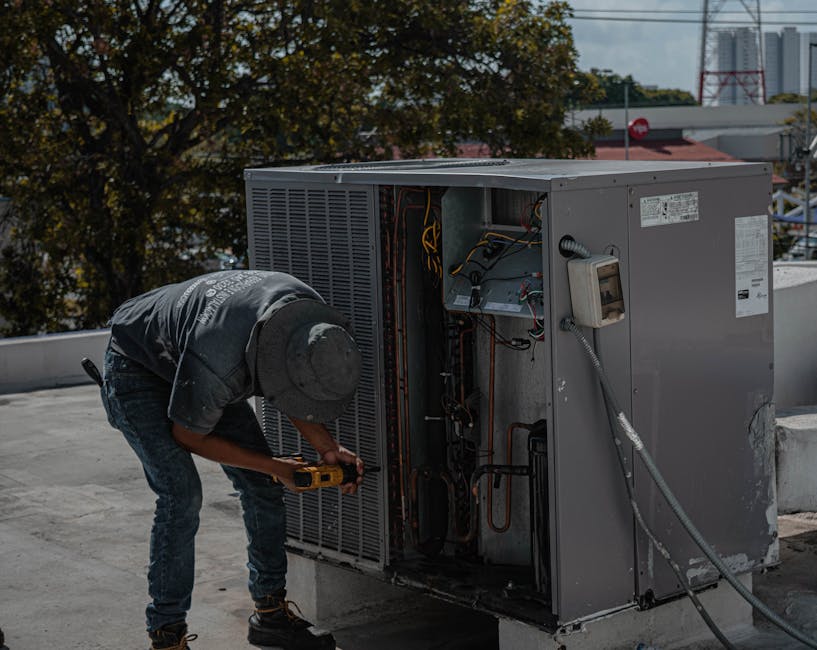
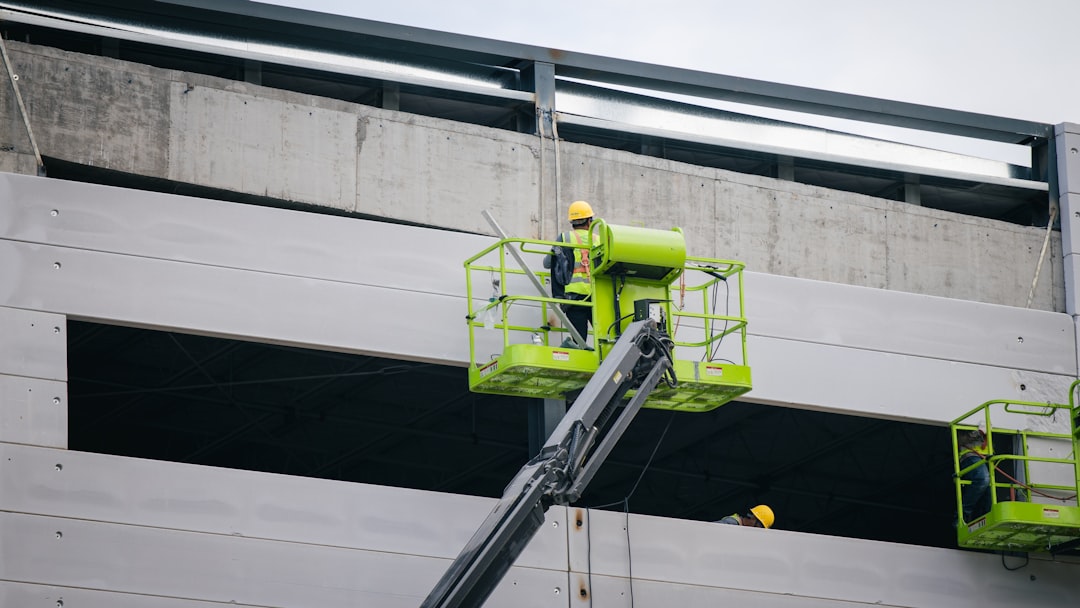


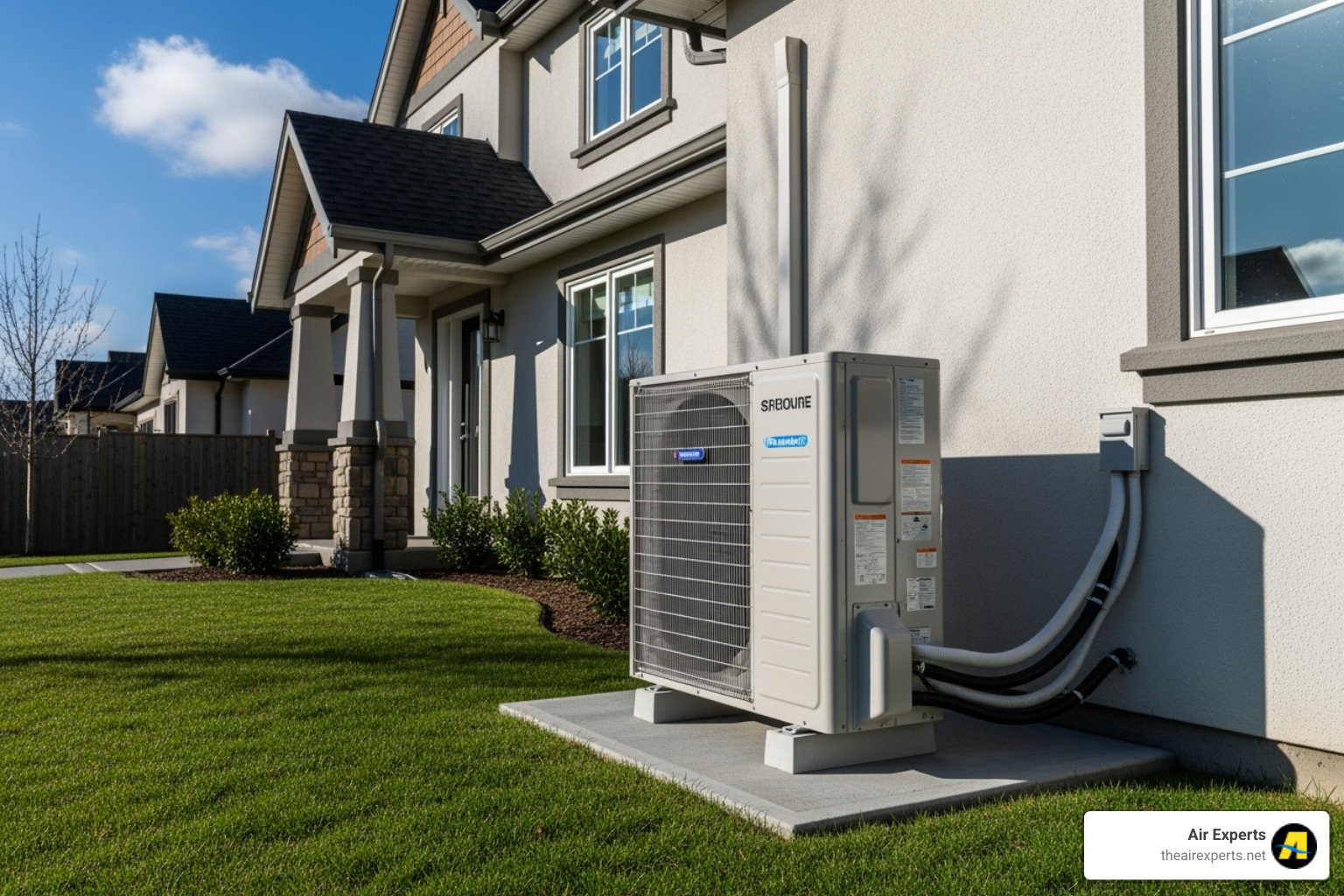
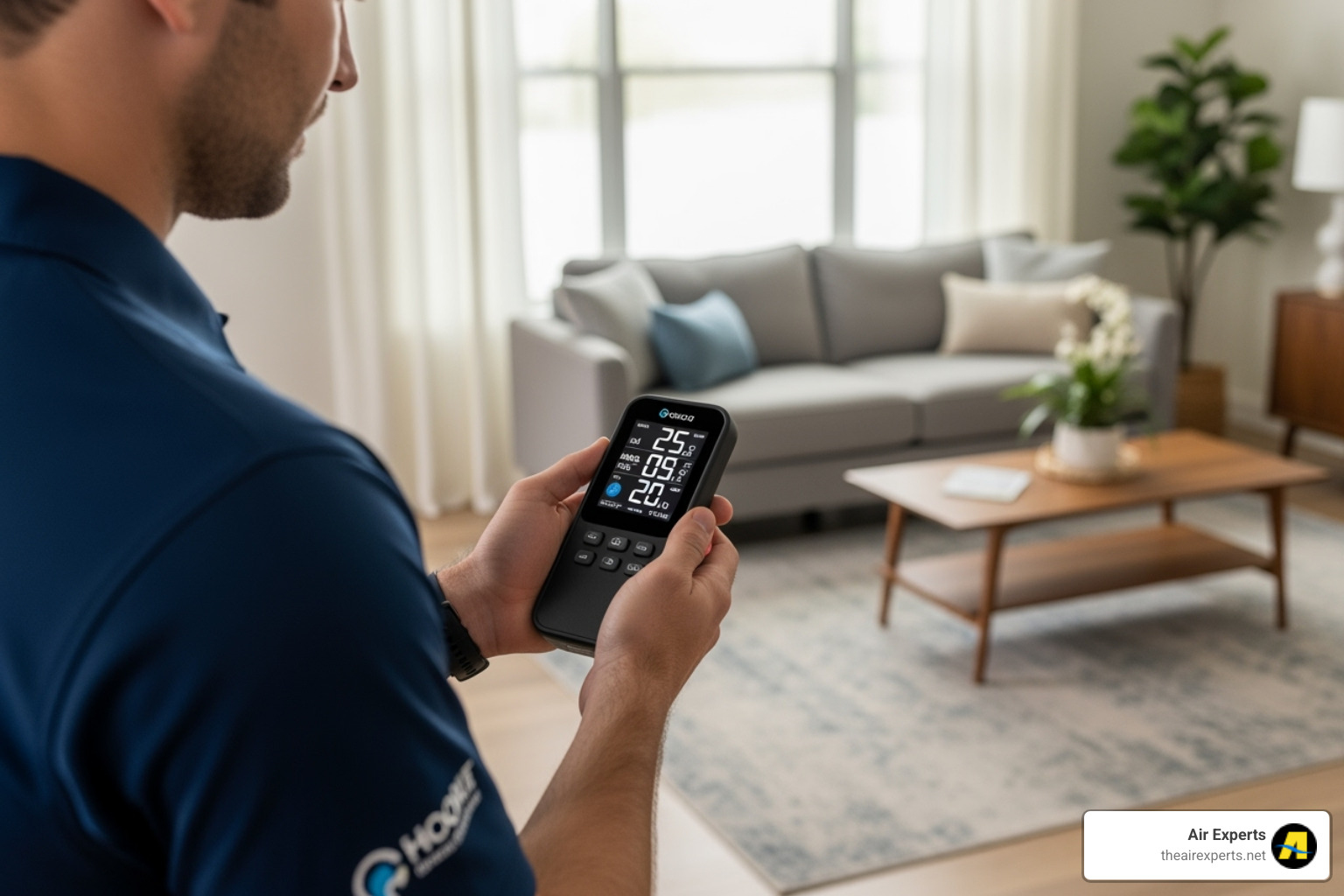
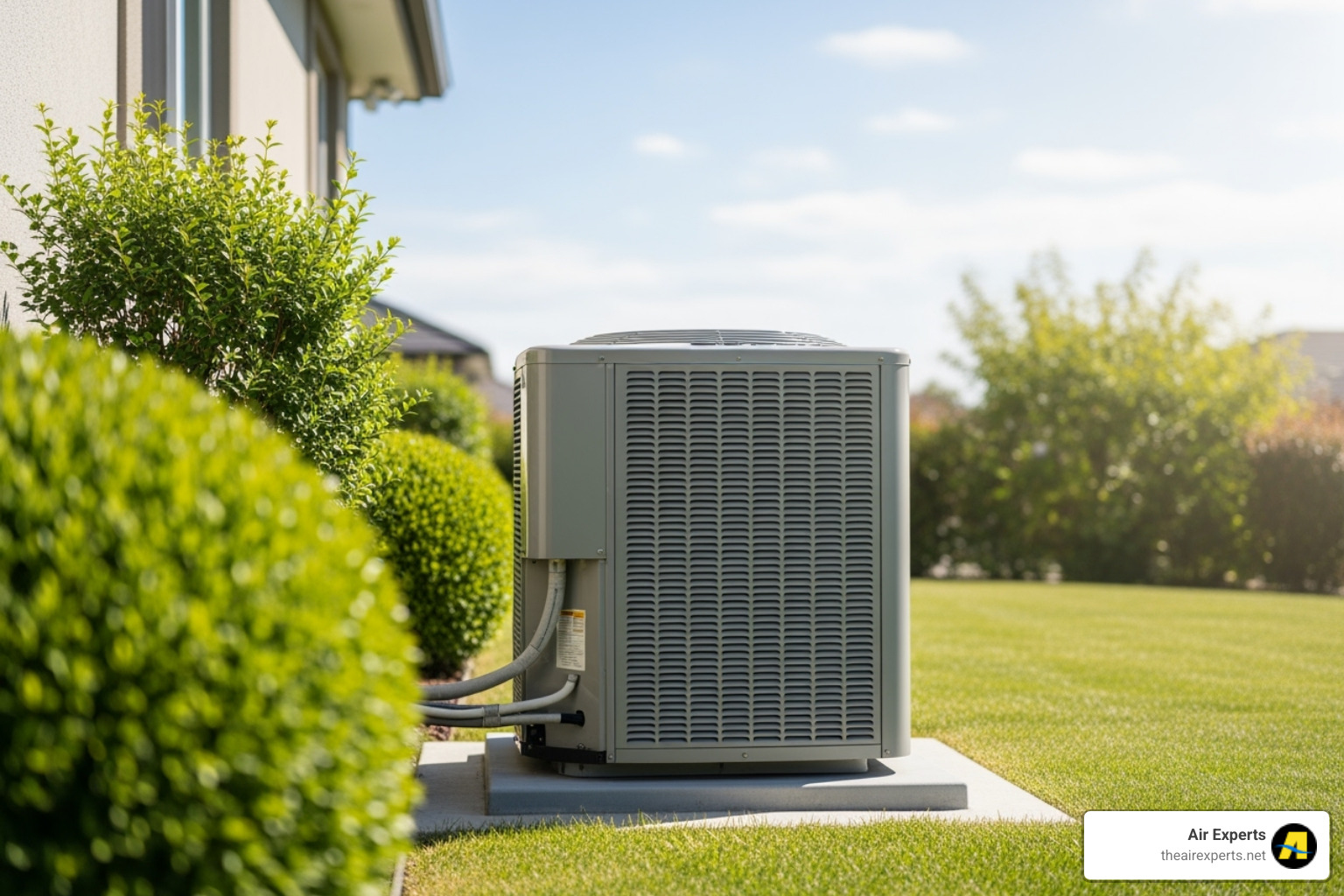
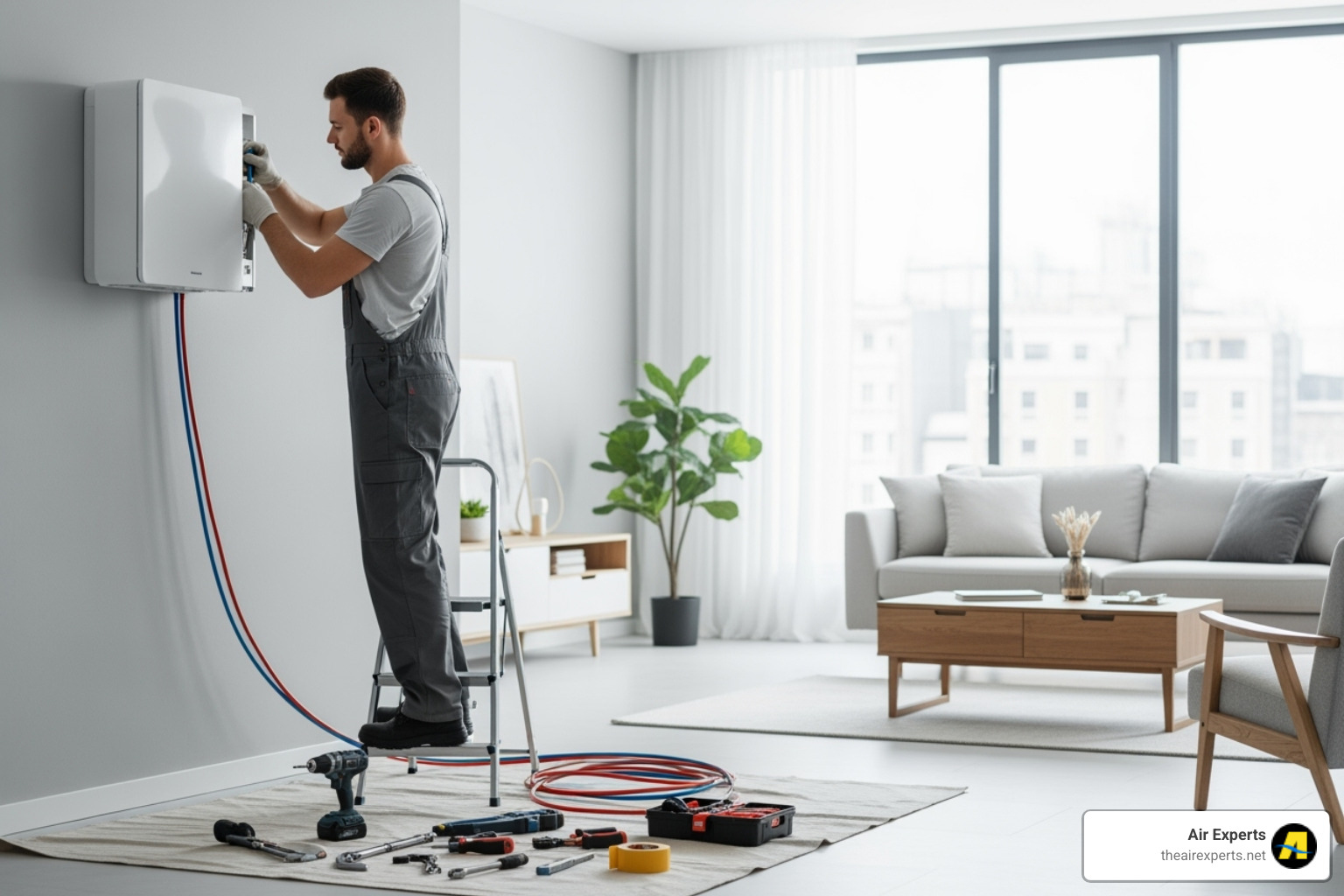
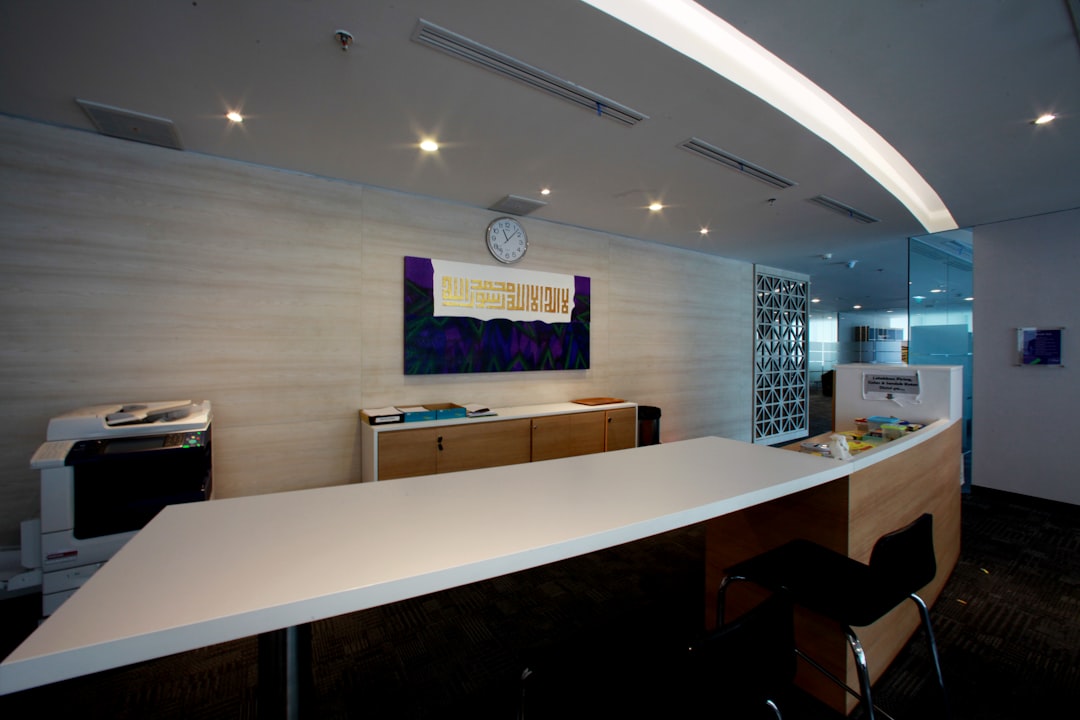
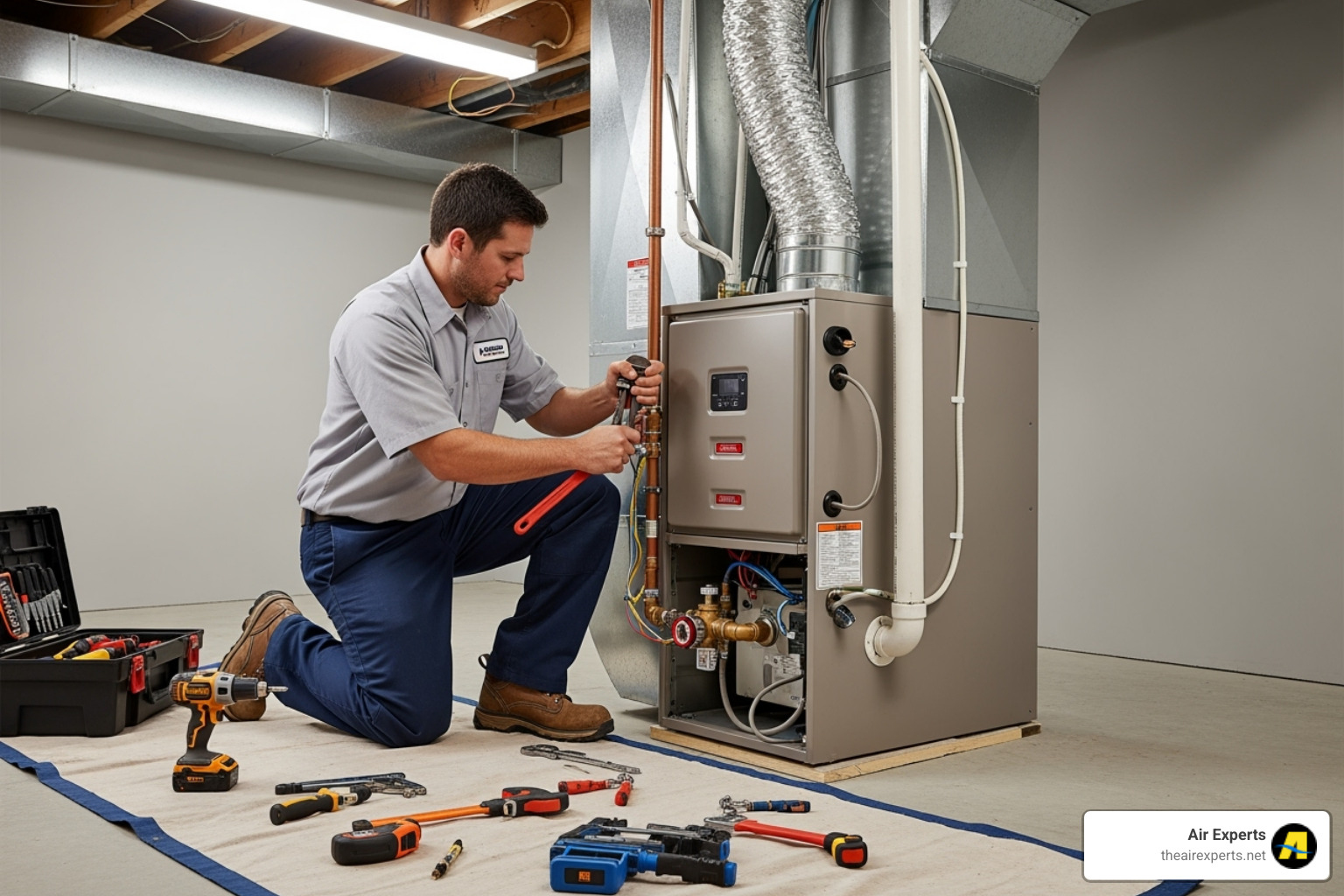
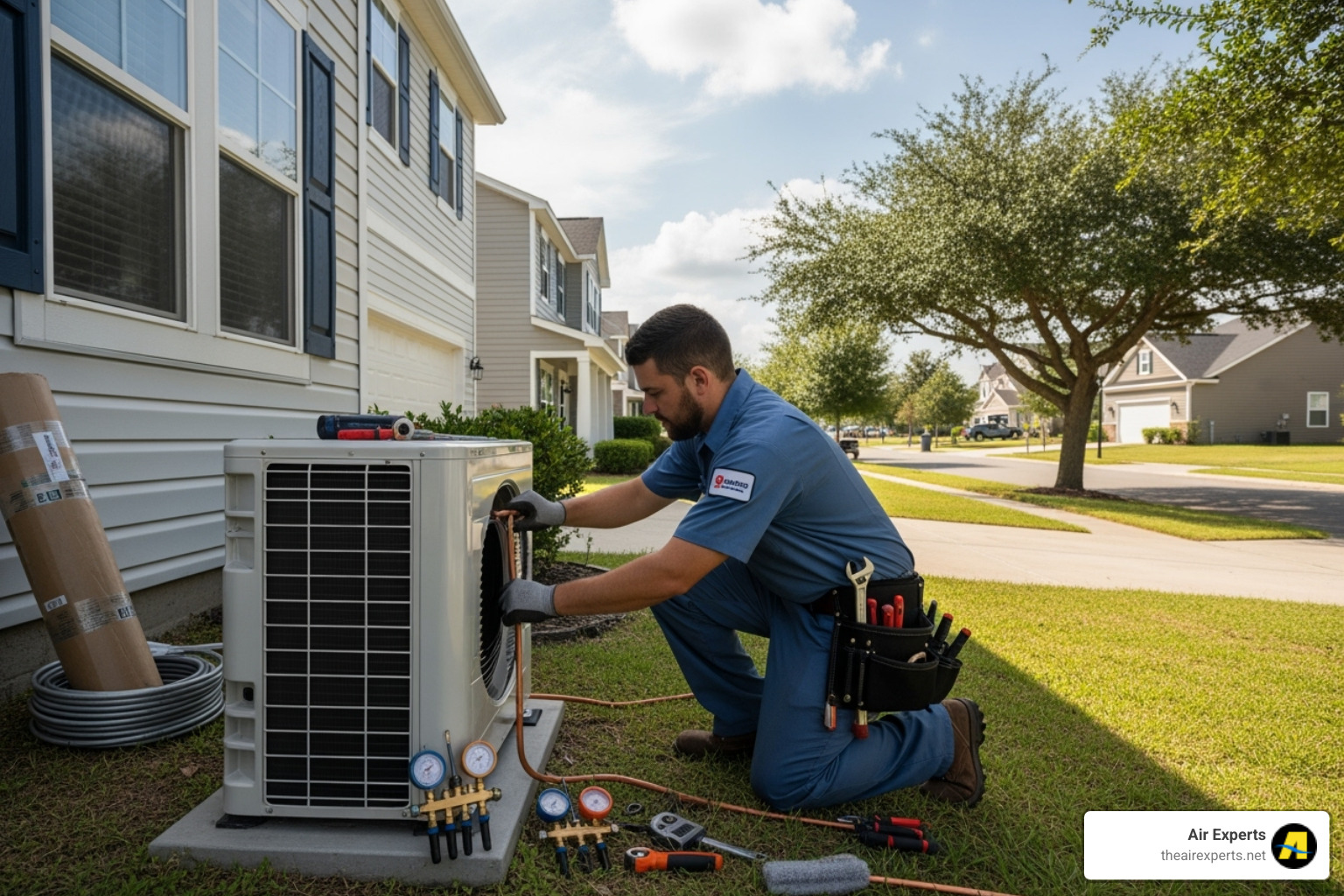
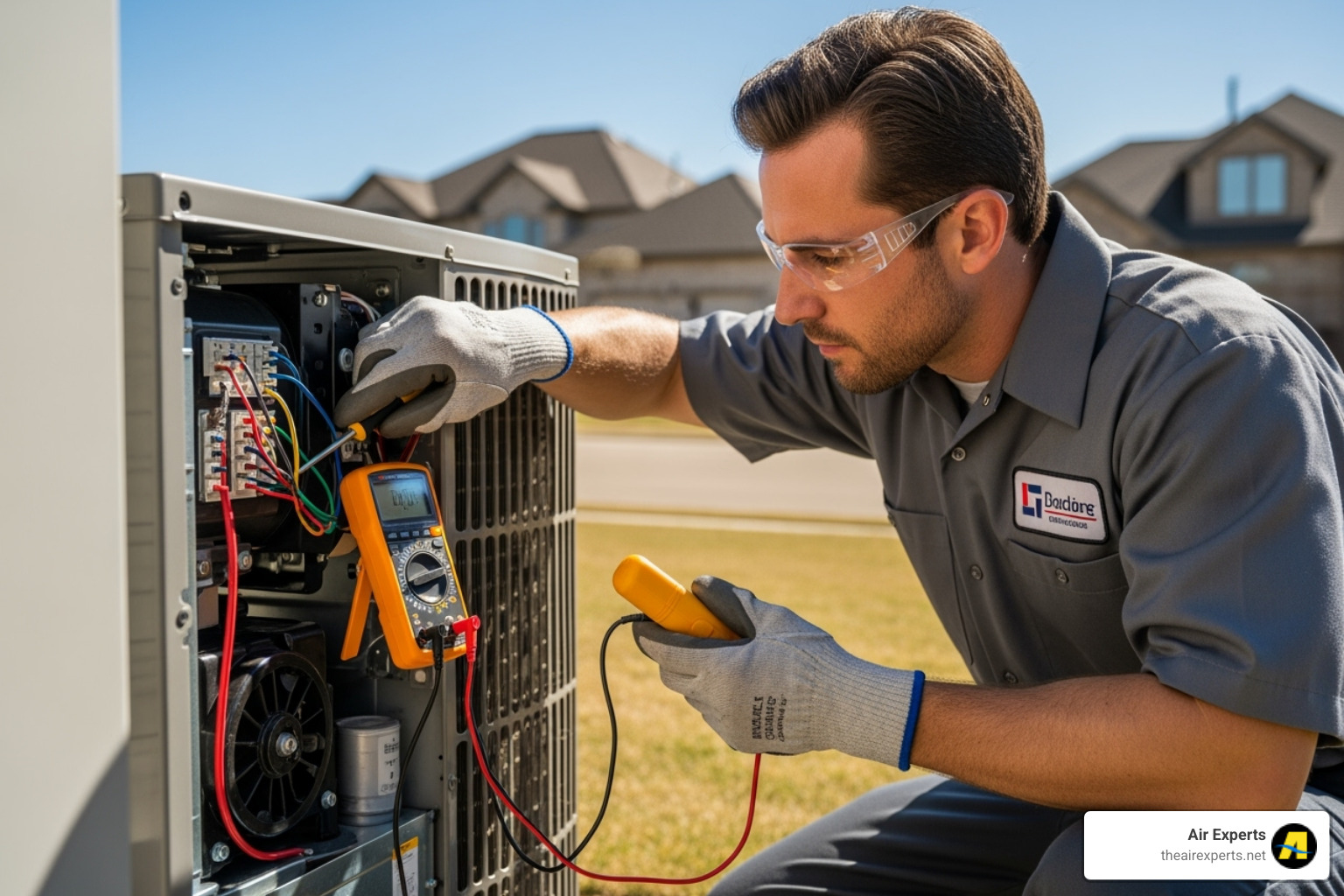


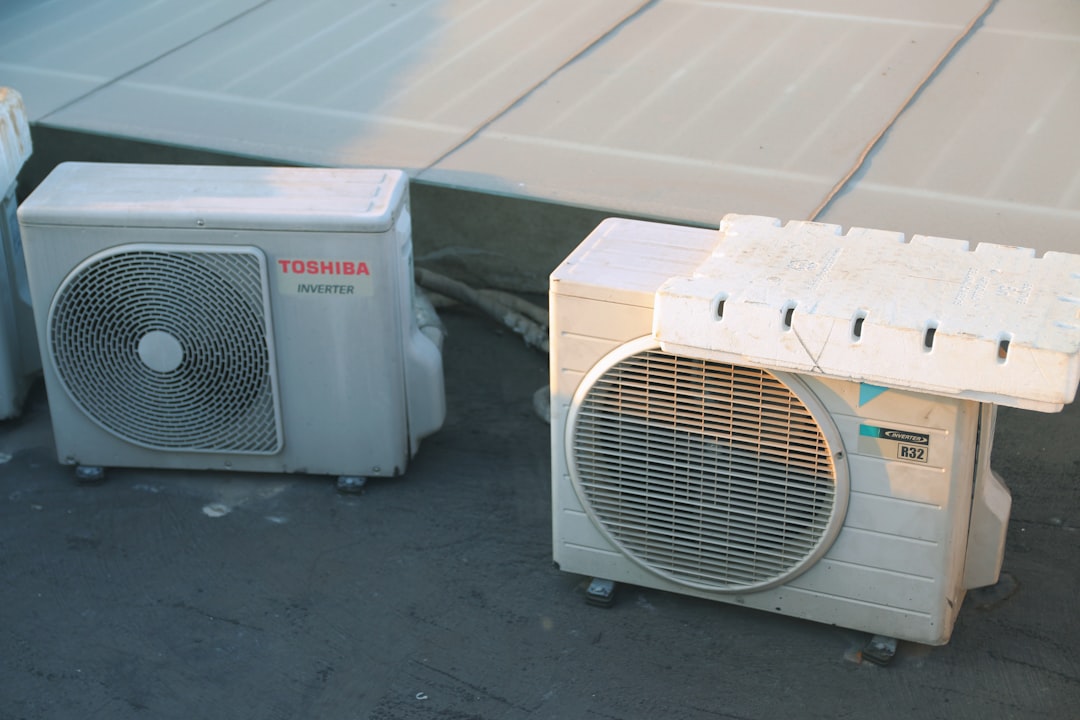
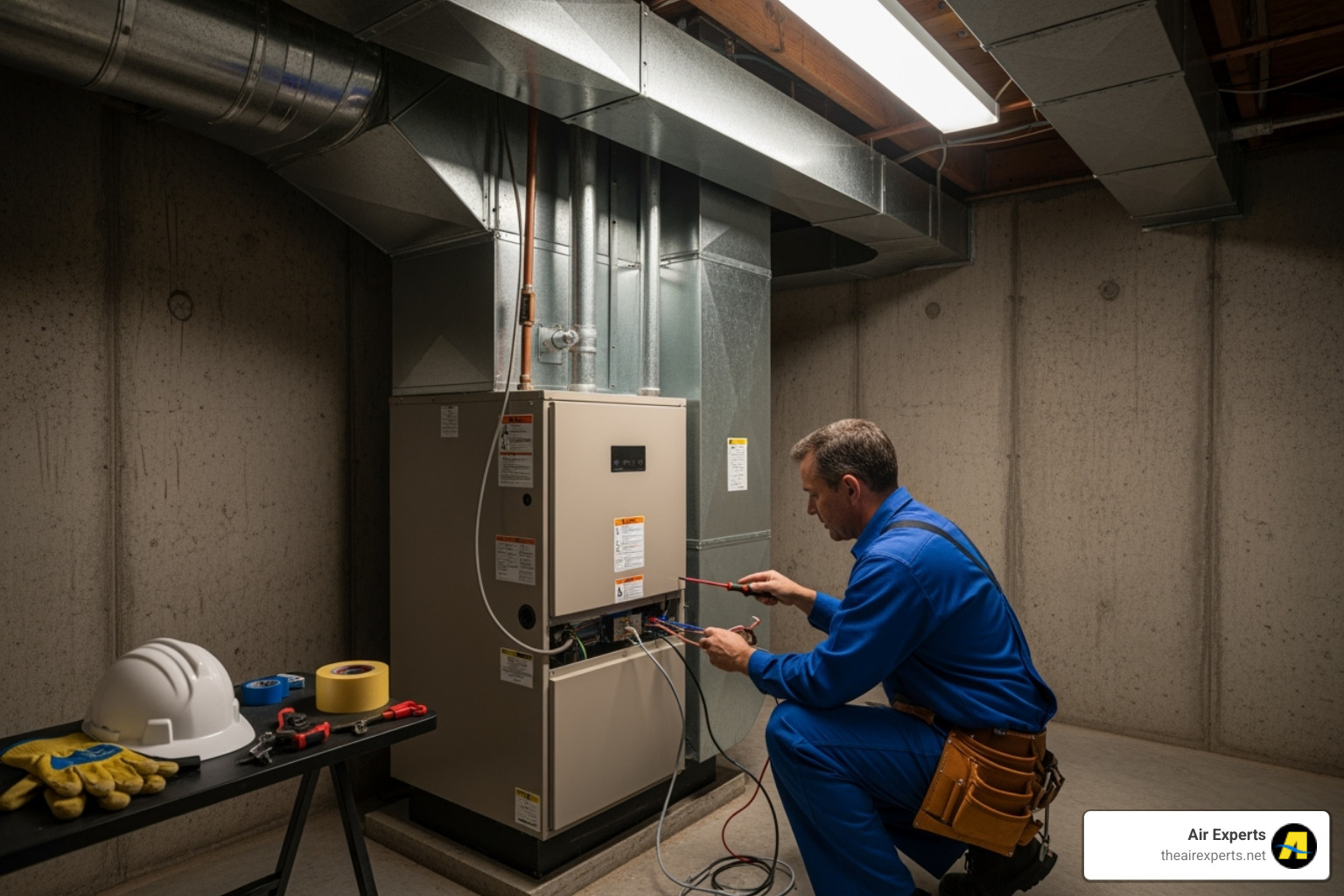
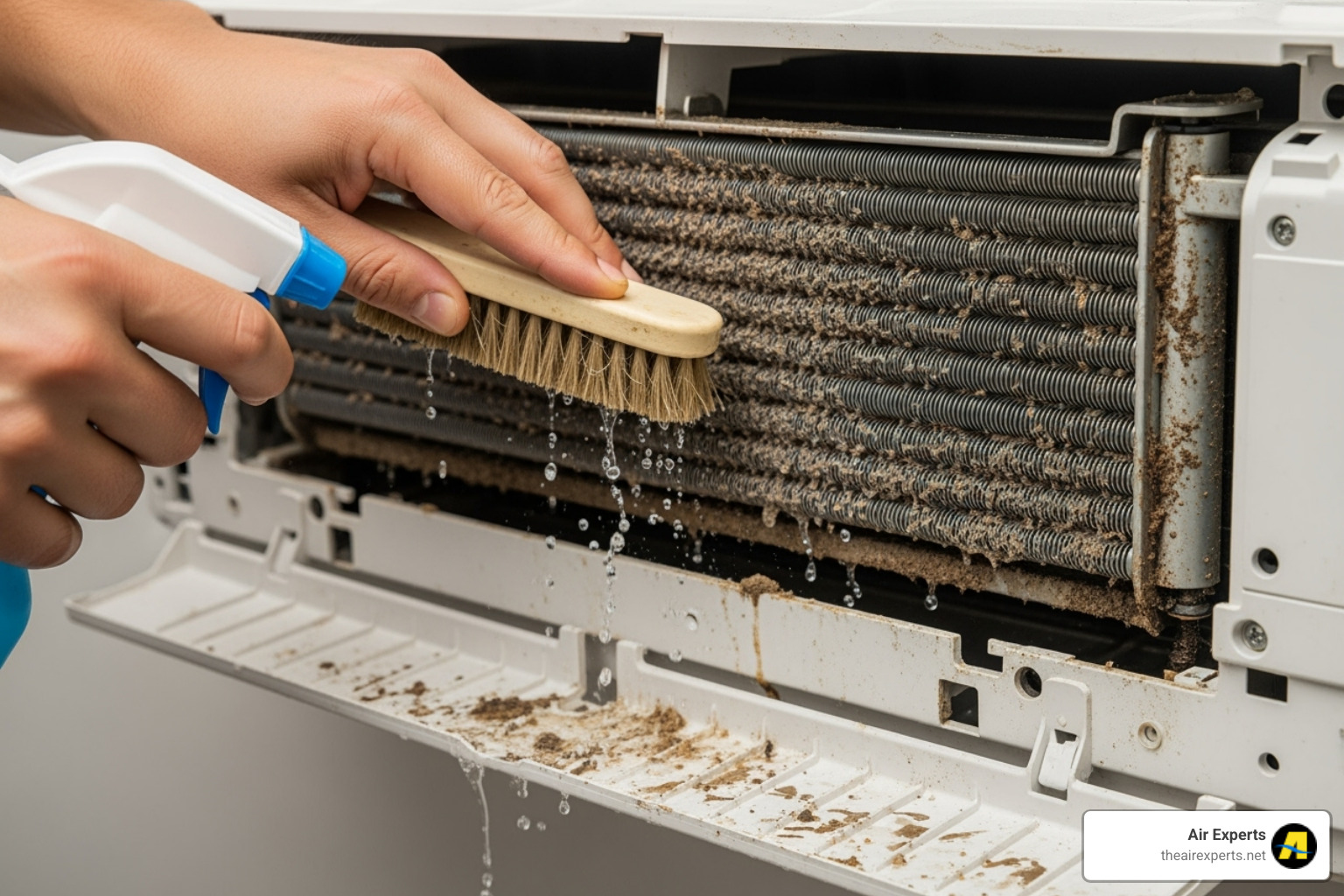
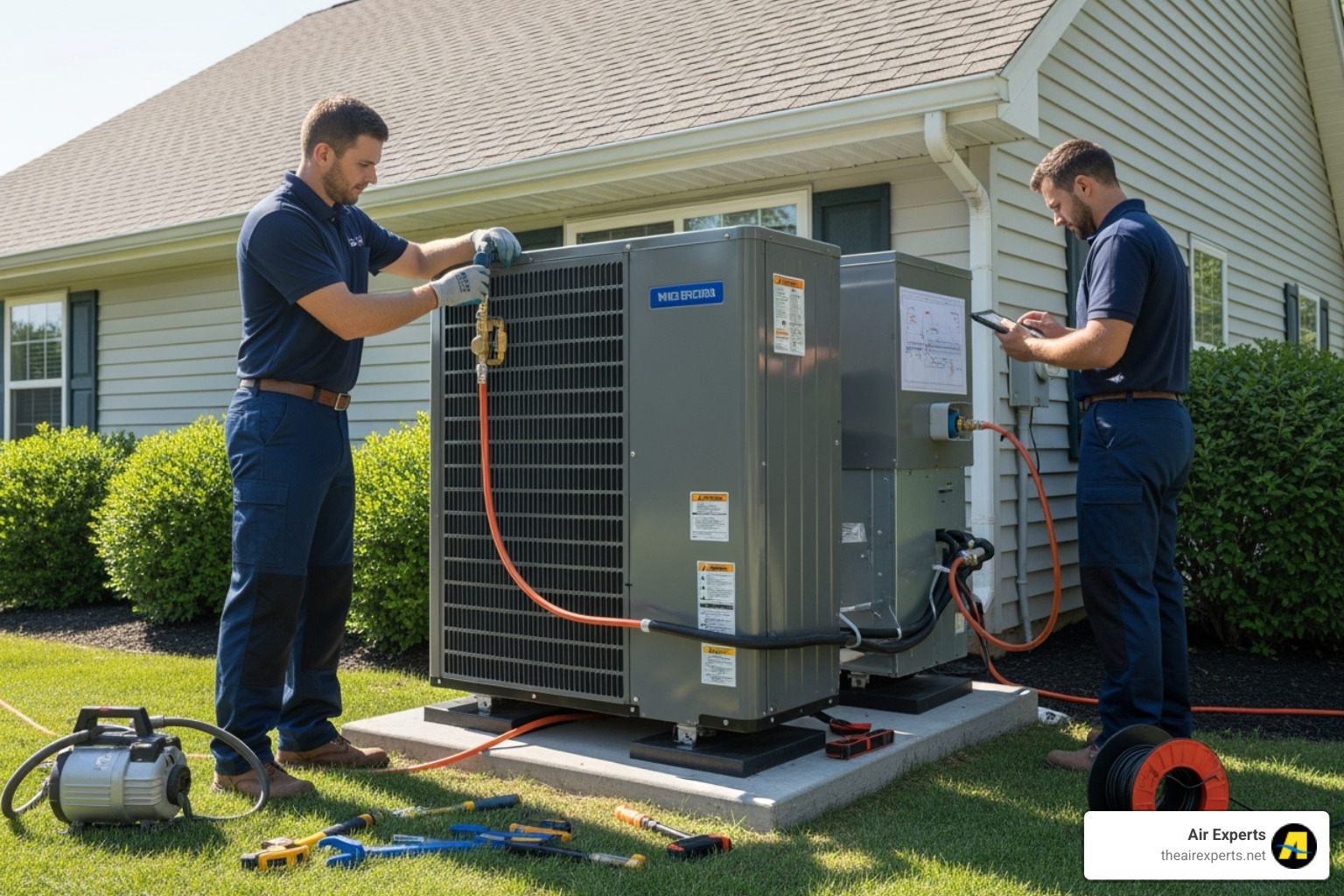
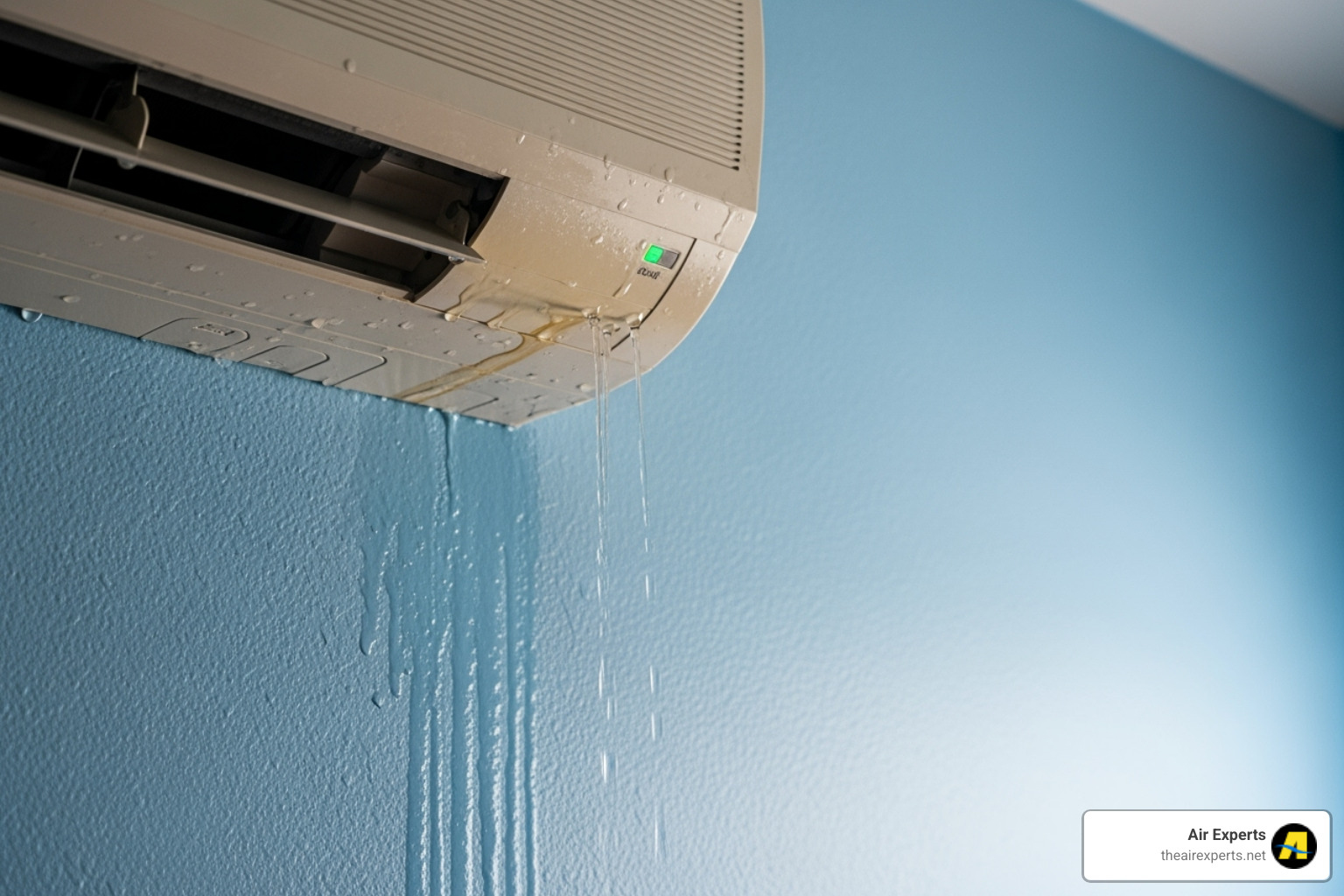

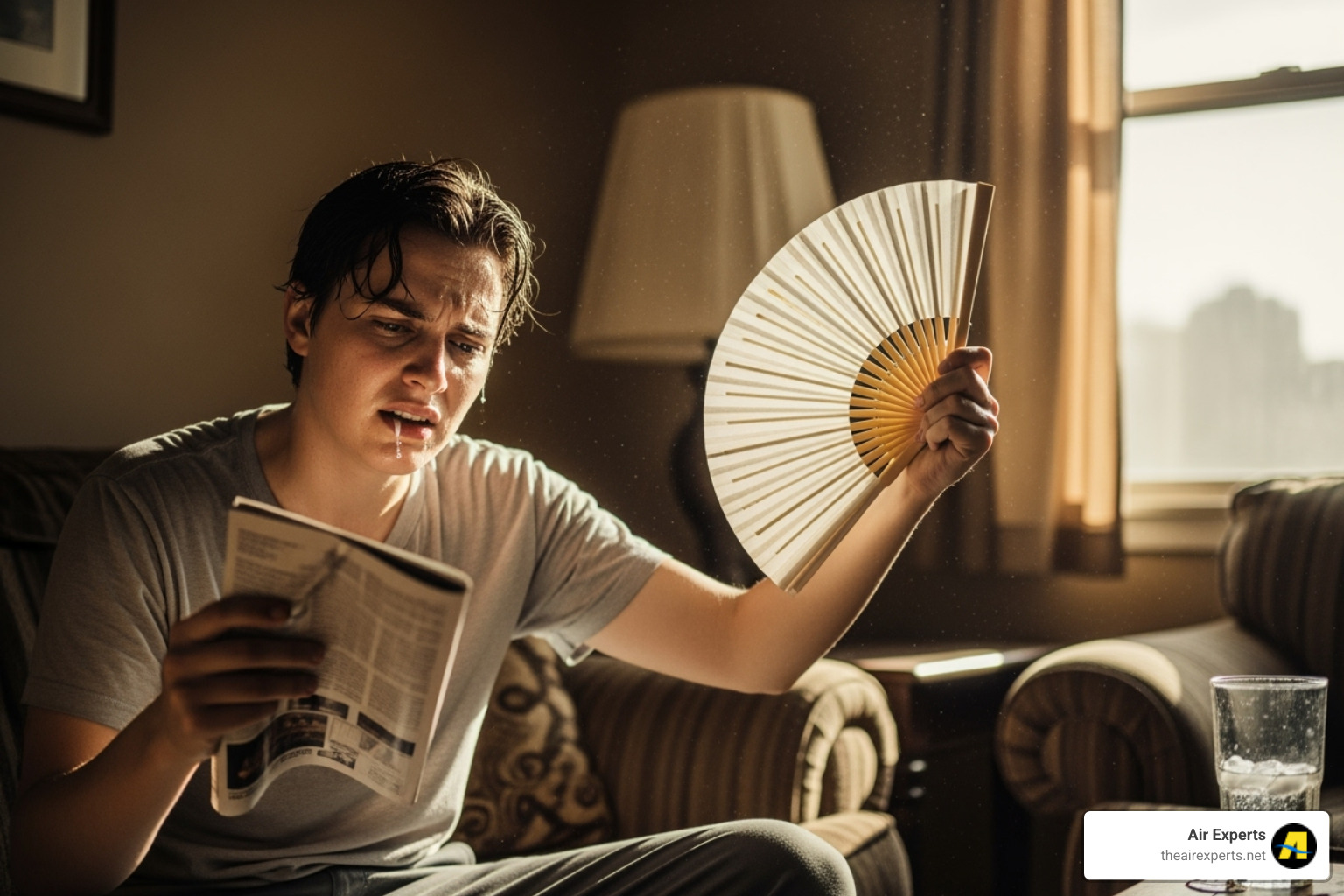
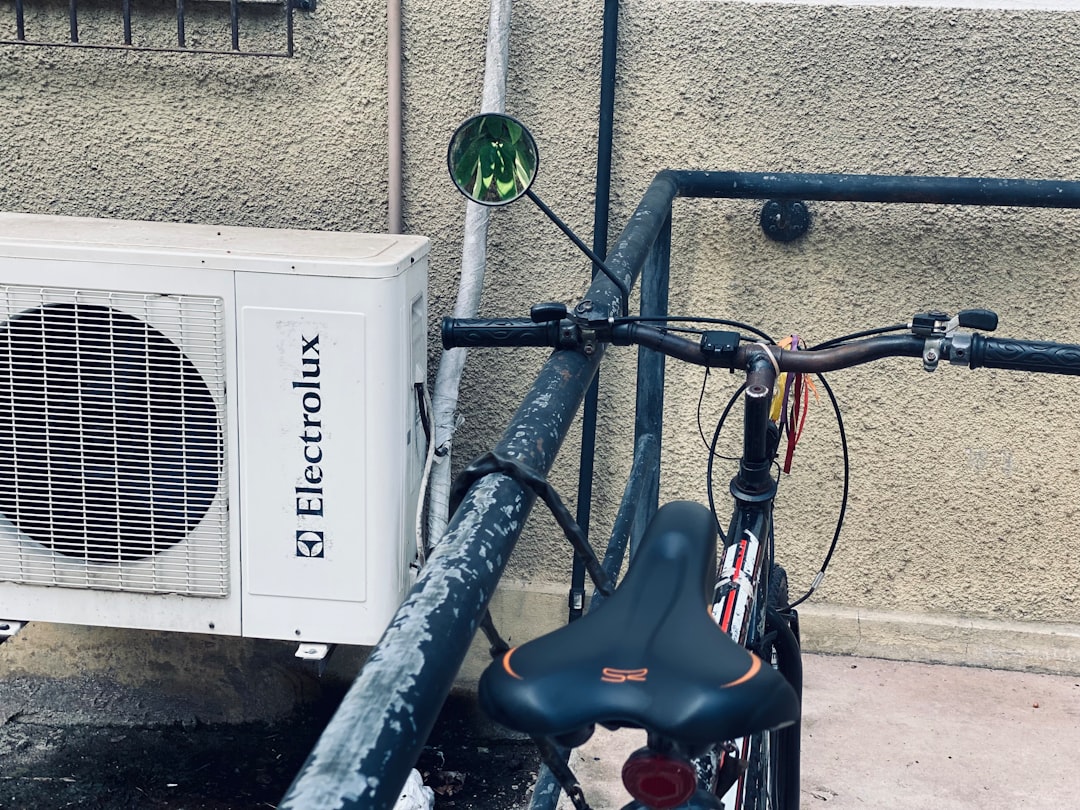



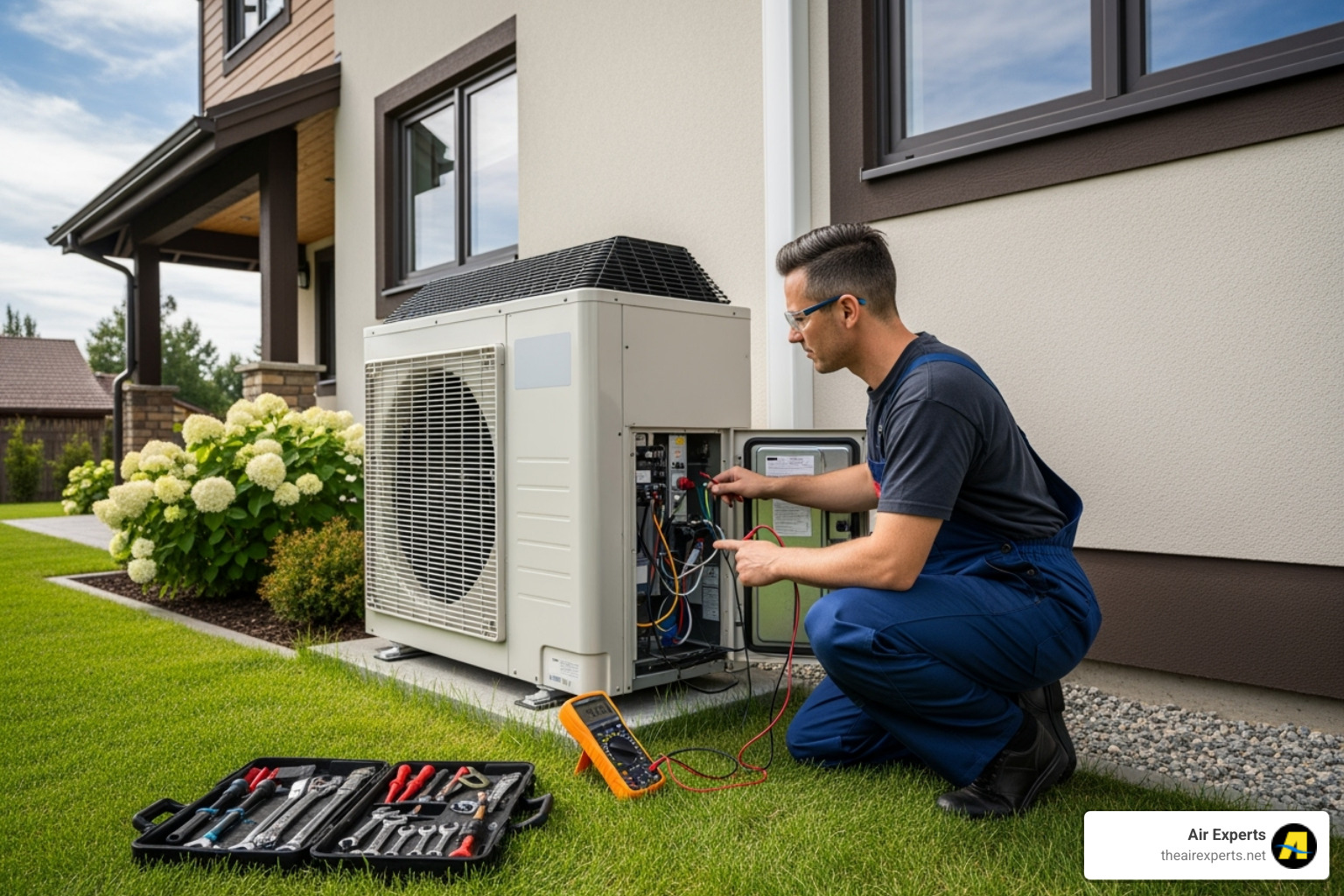
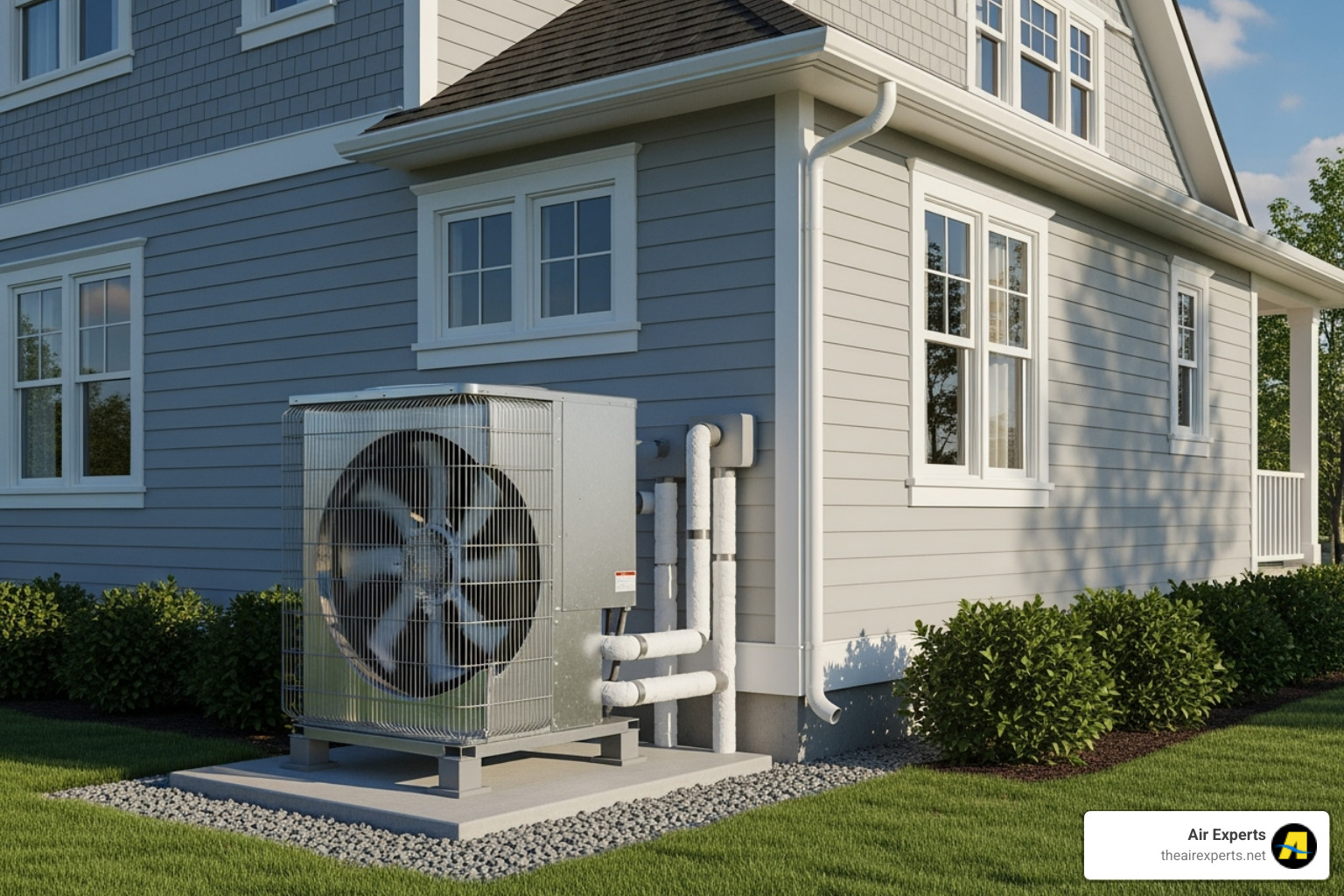
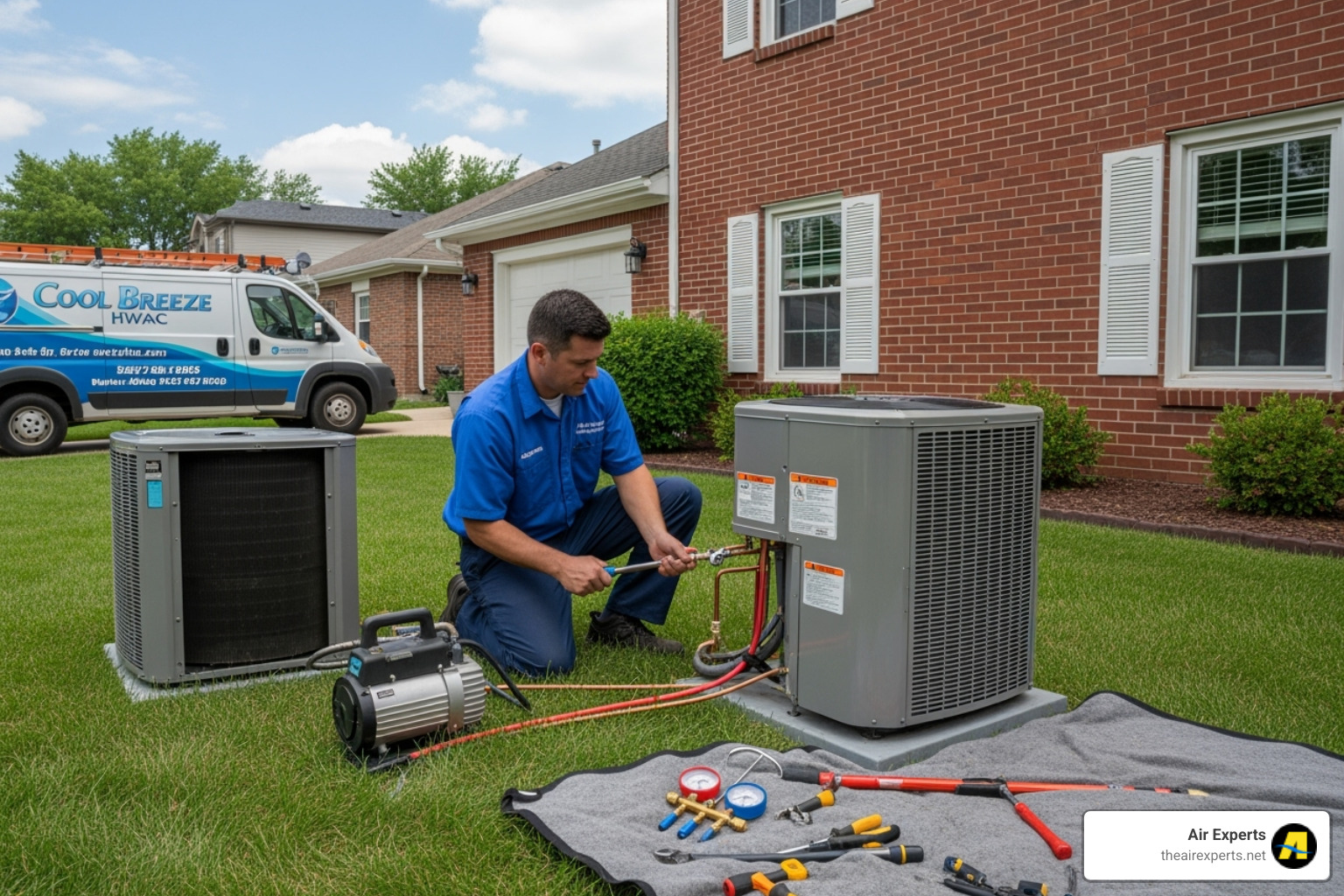

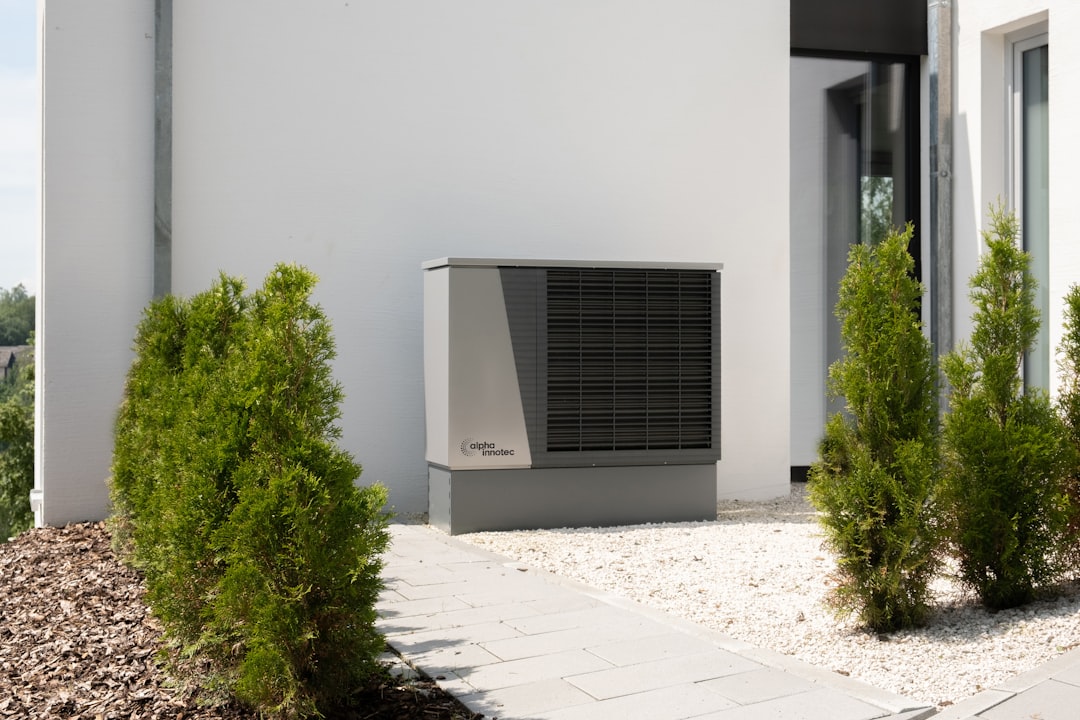


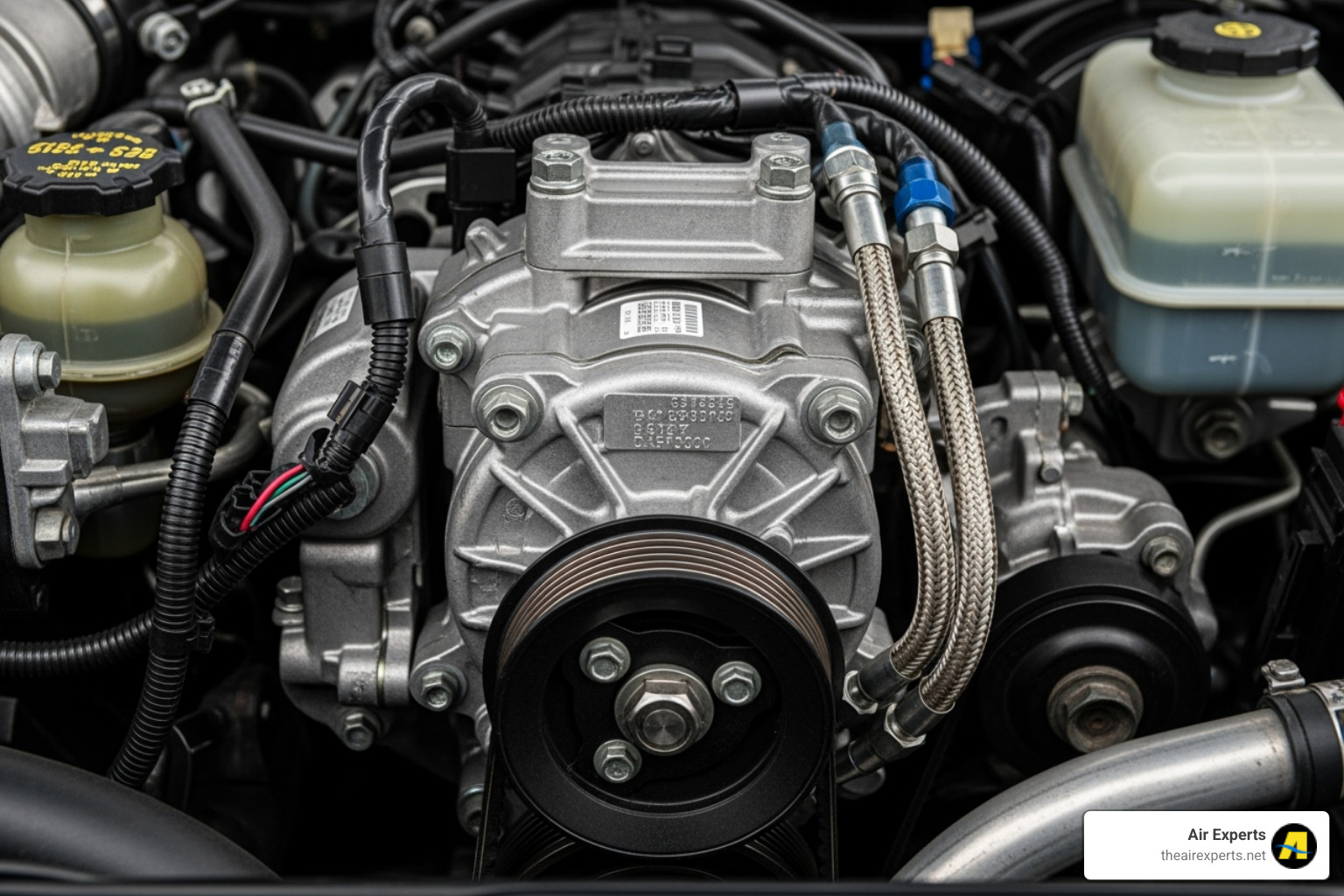
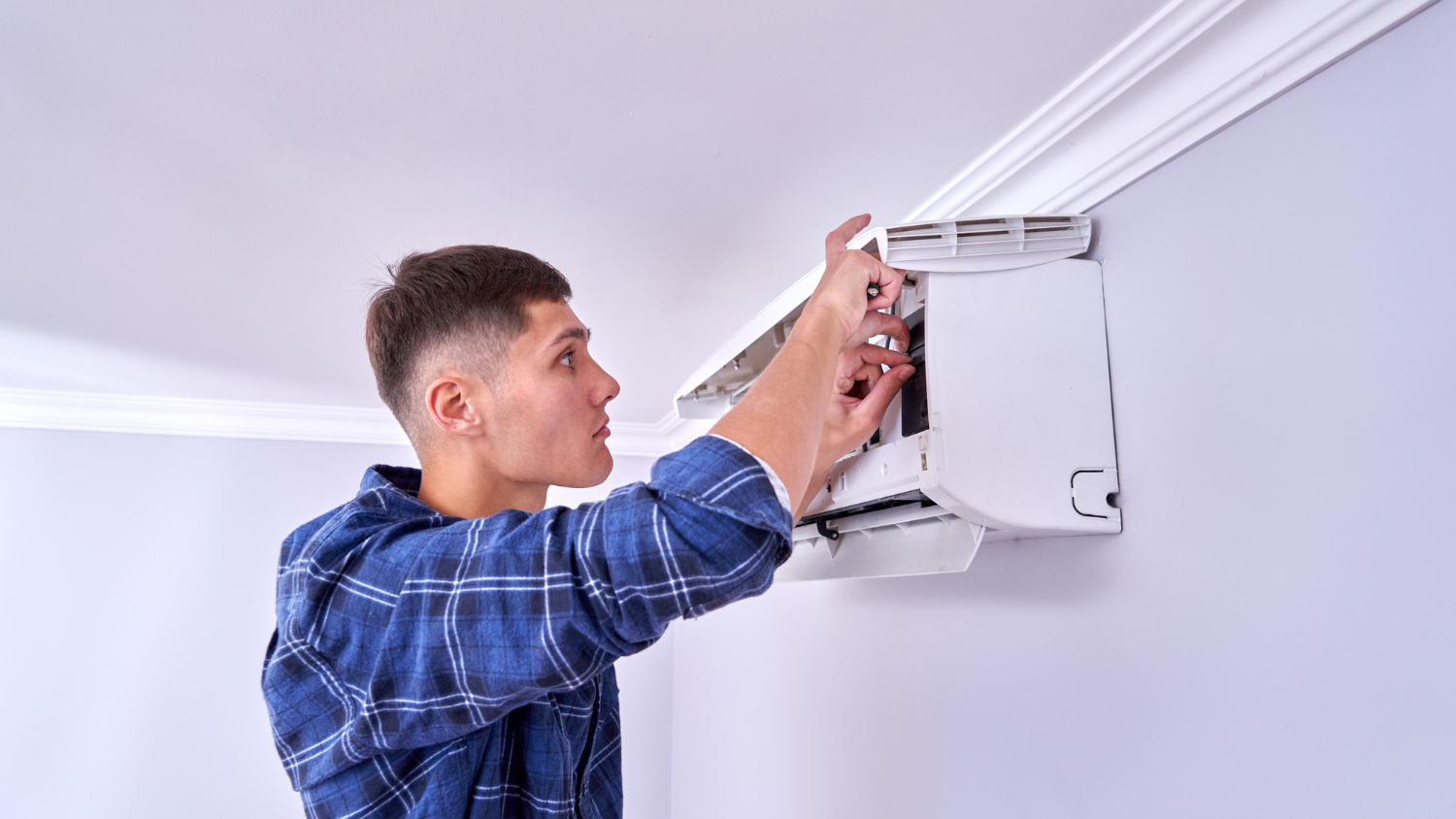
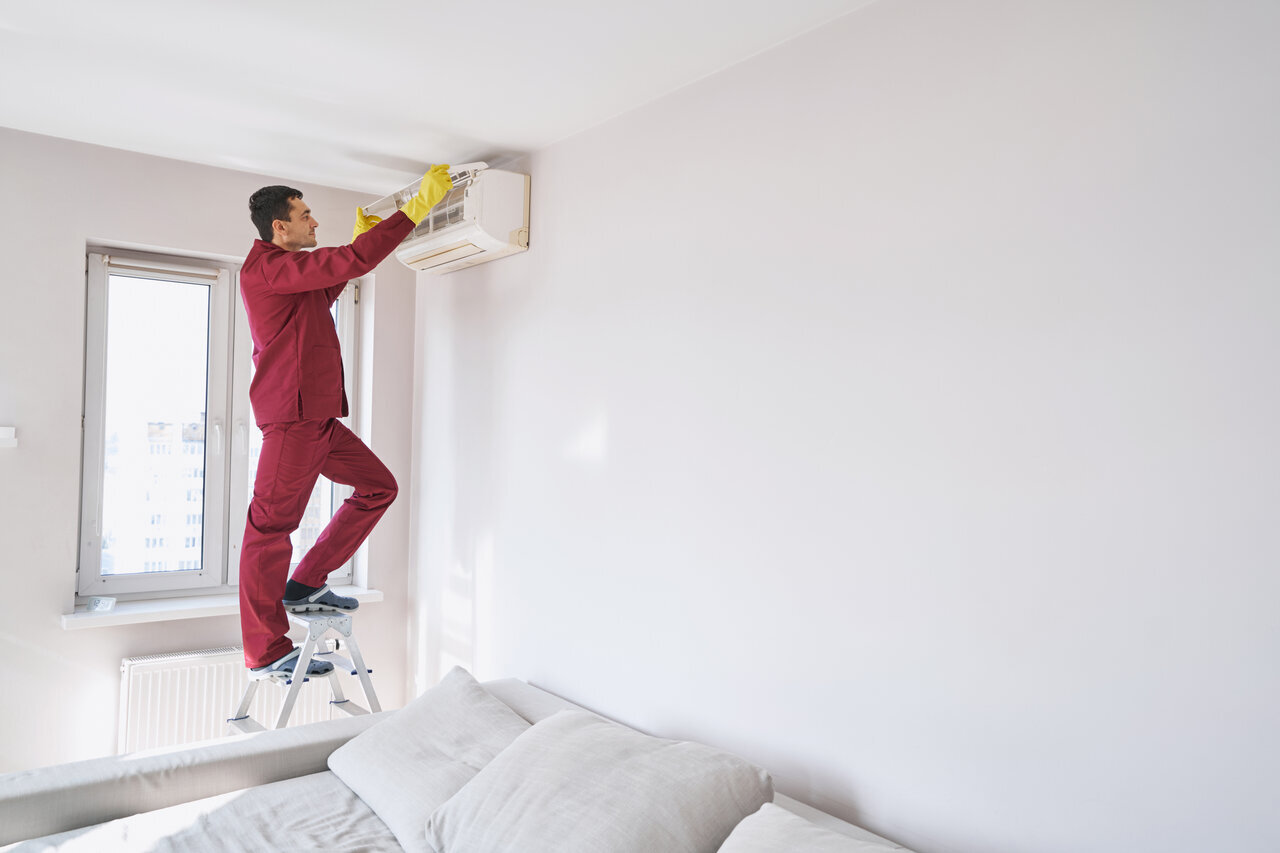
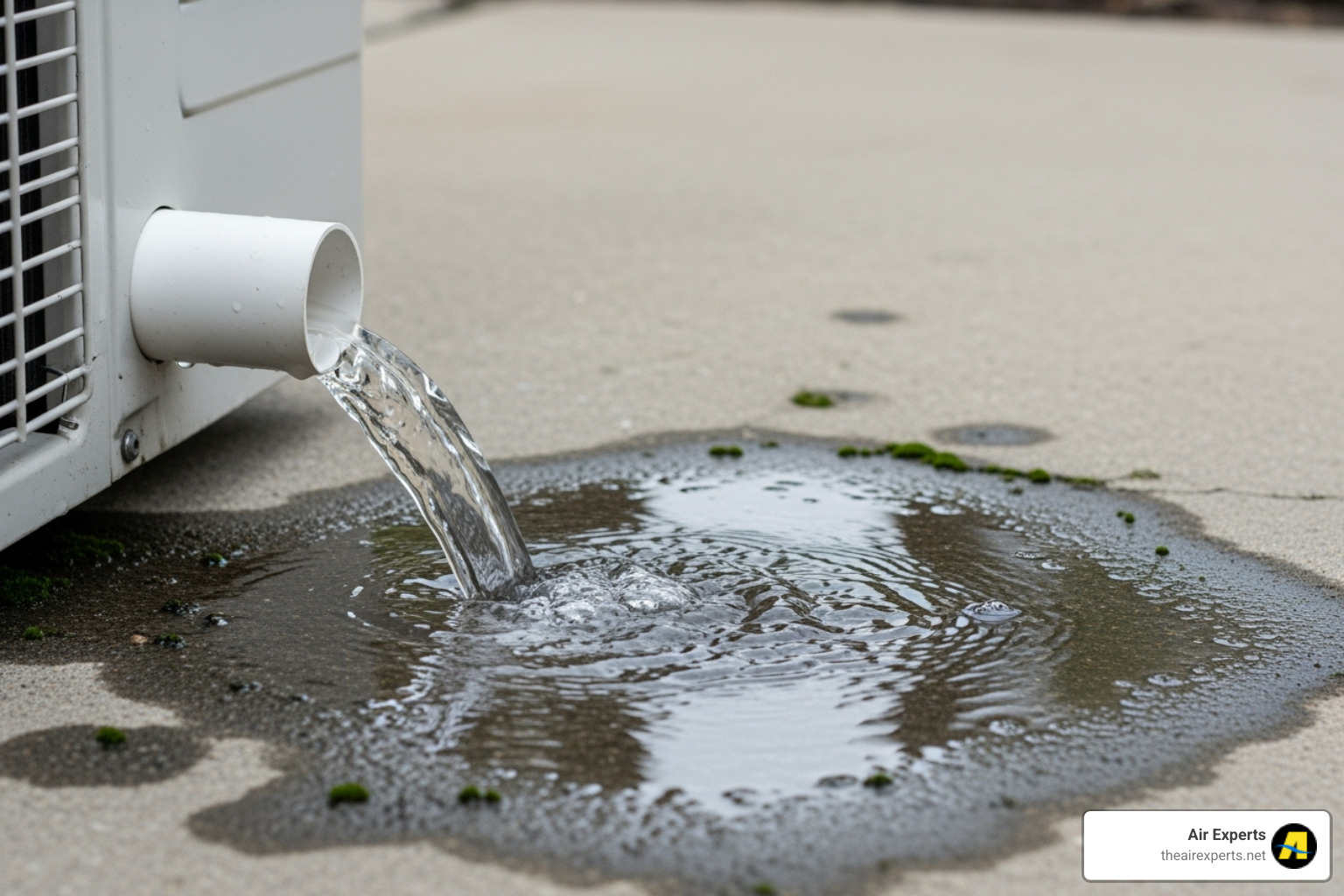
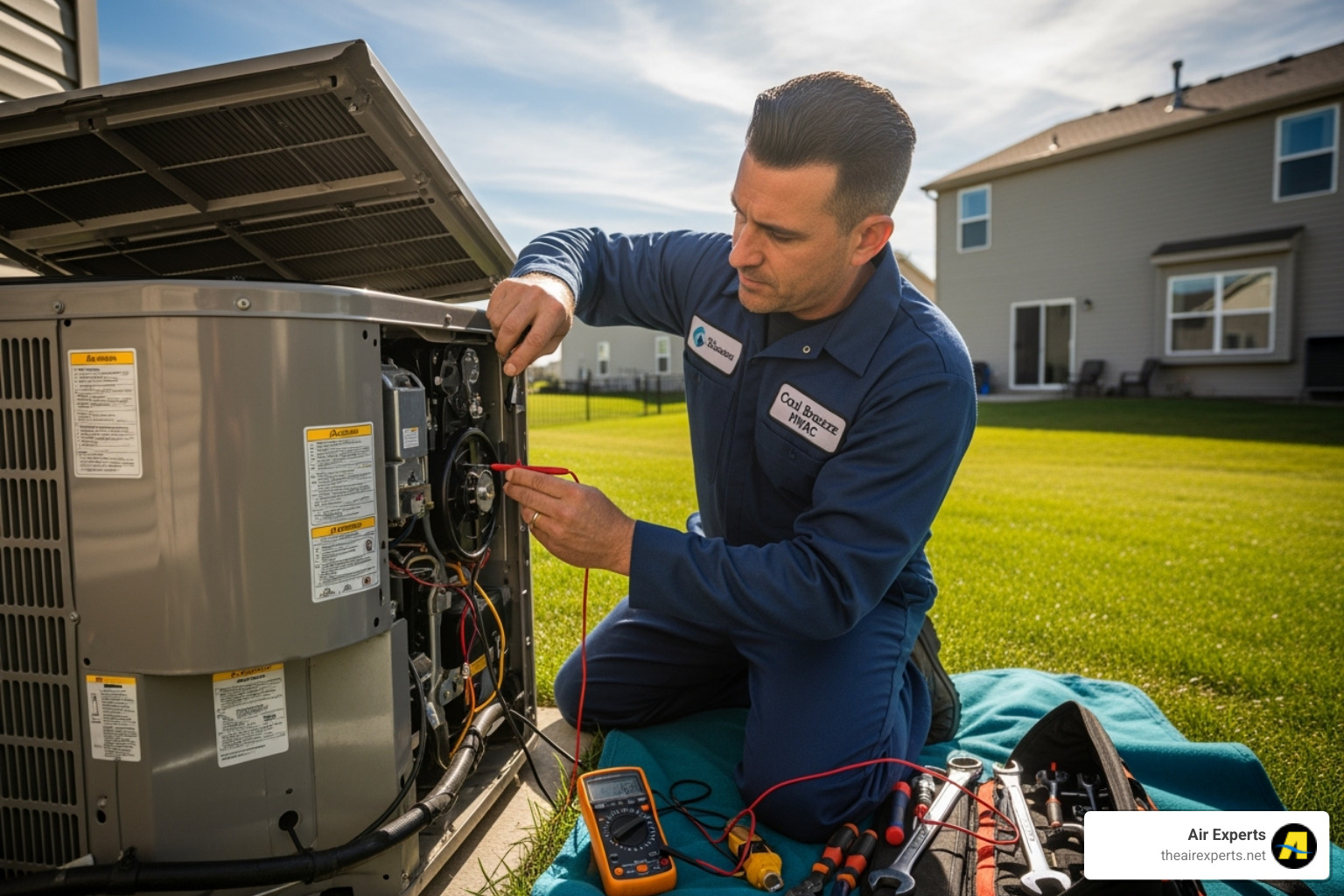
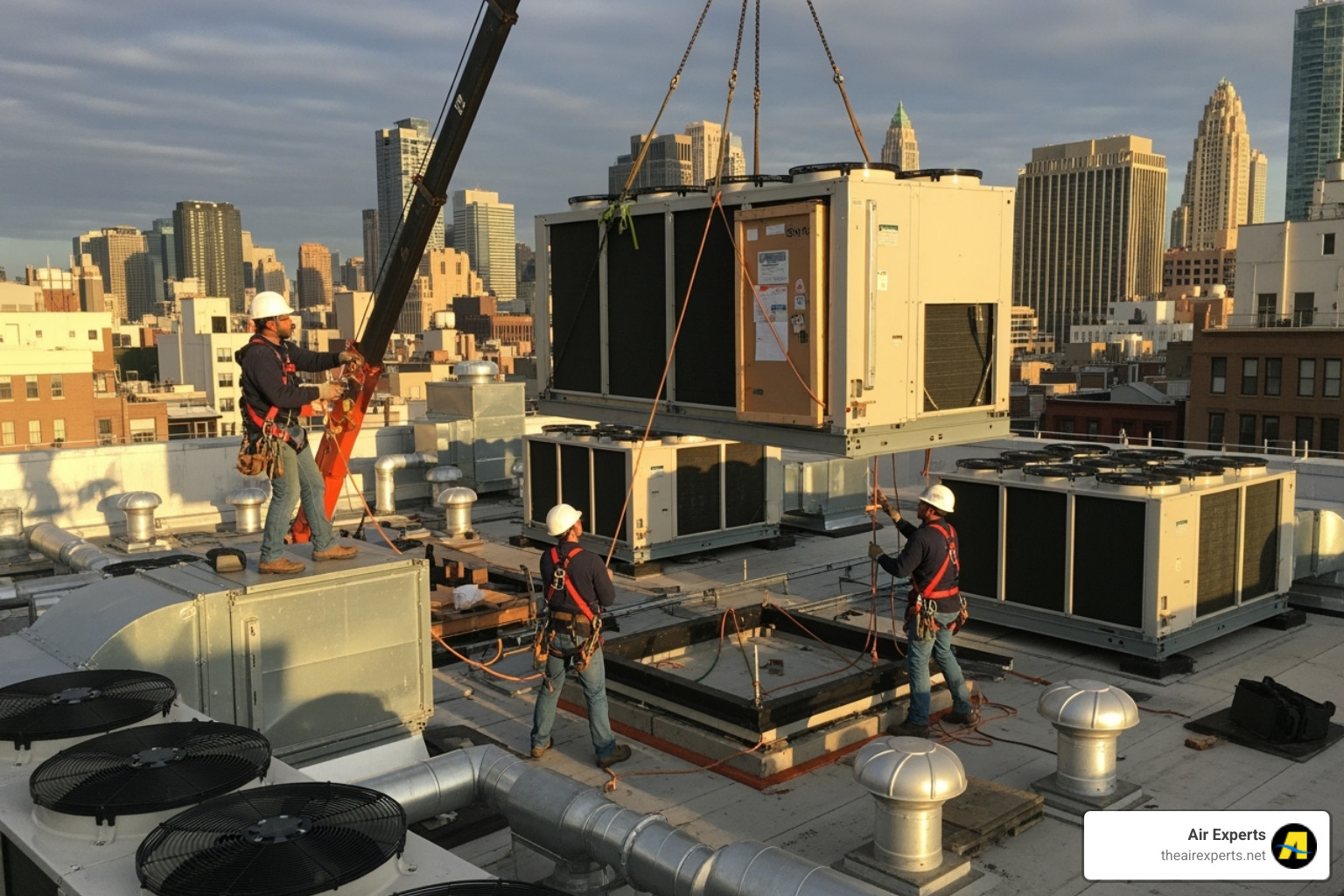
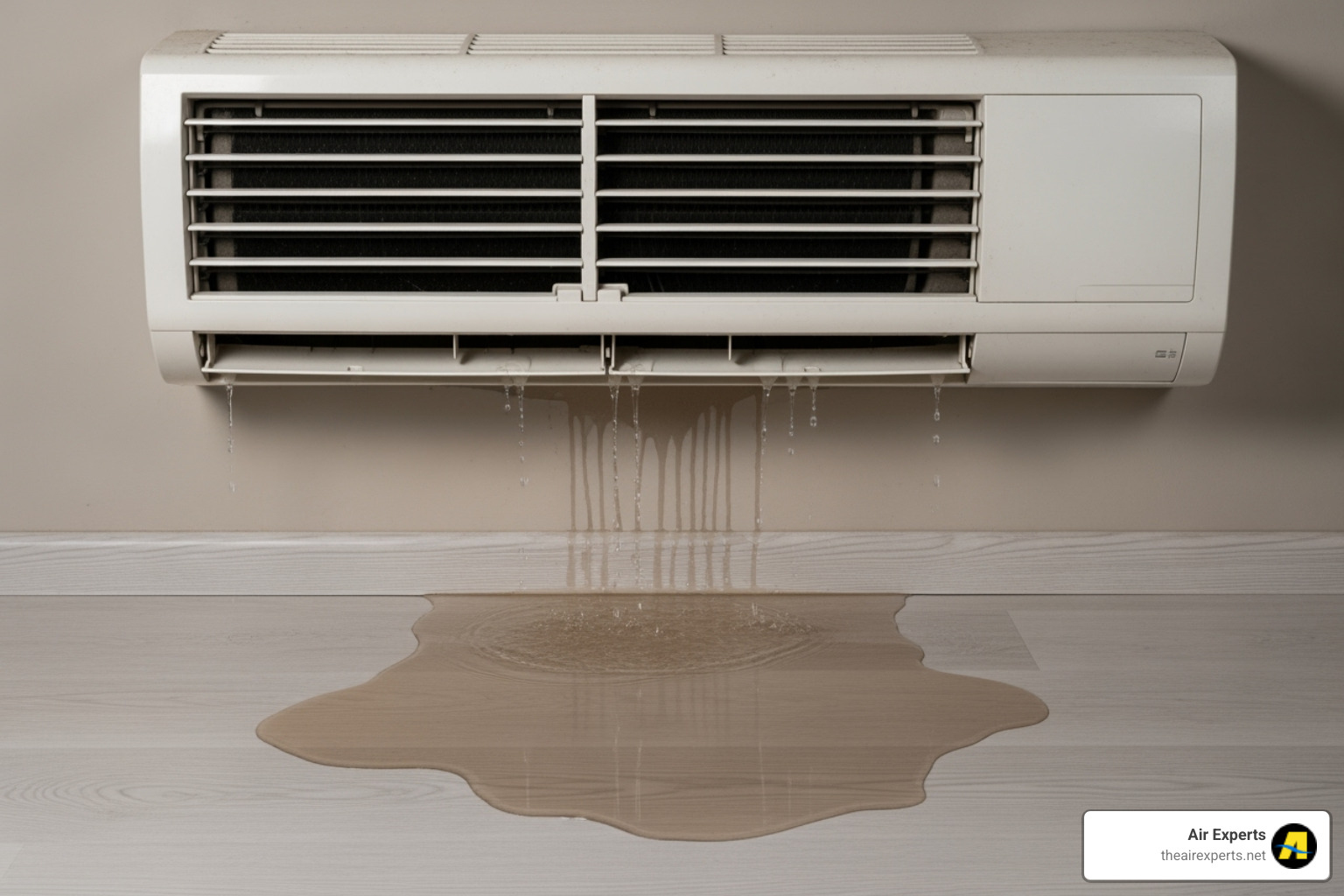
.svg)
.svg)




.svg)
.svg)
